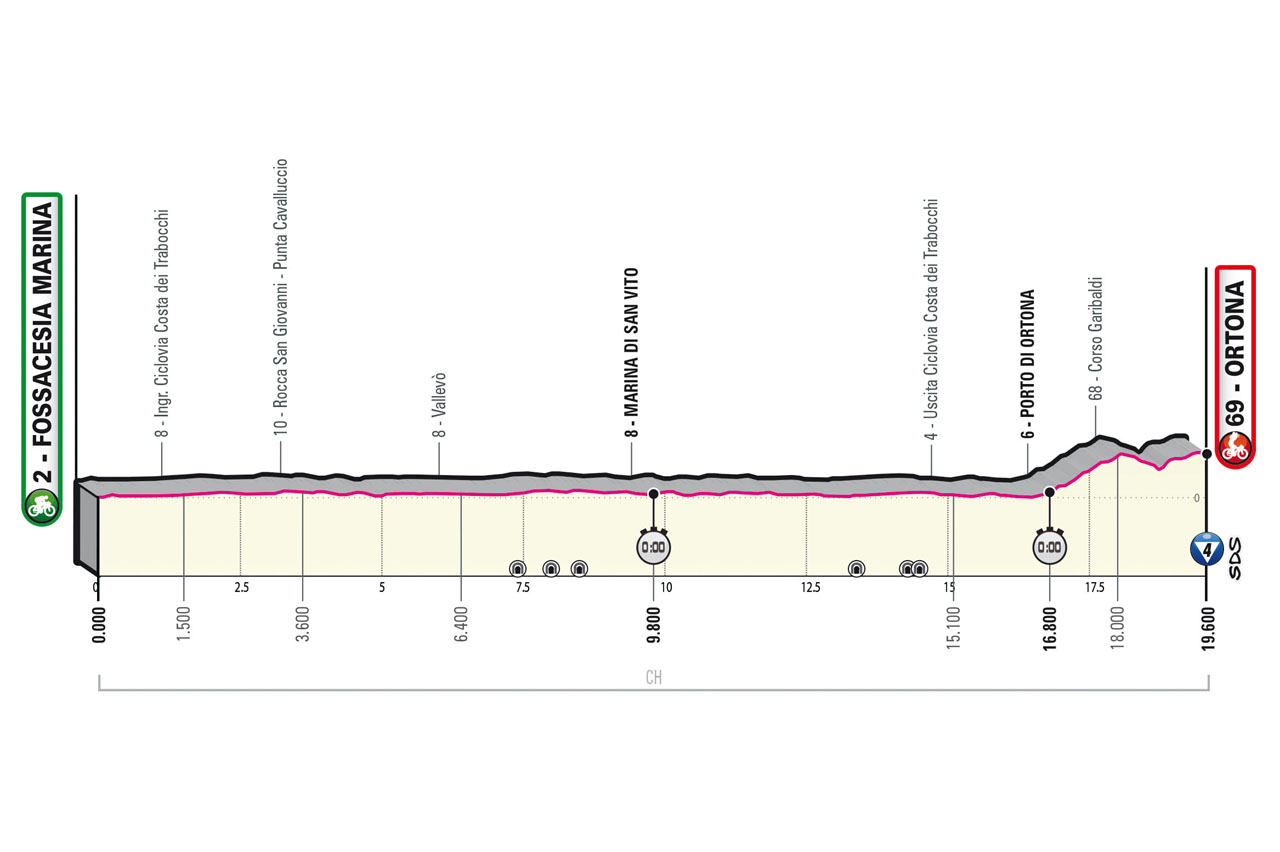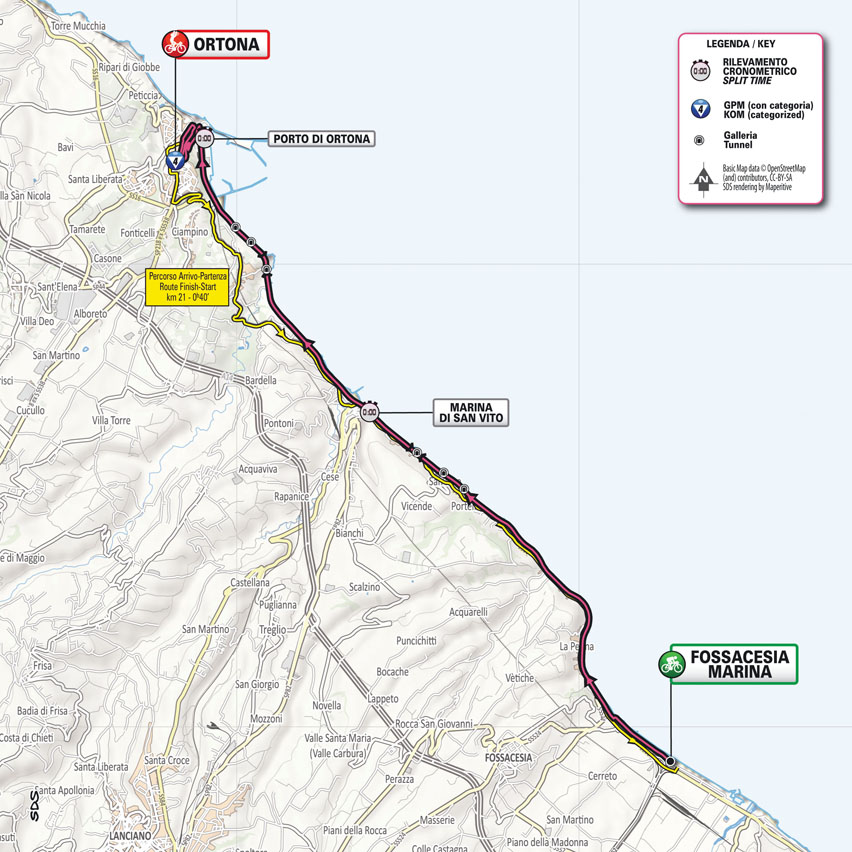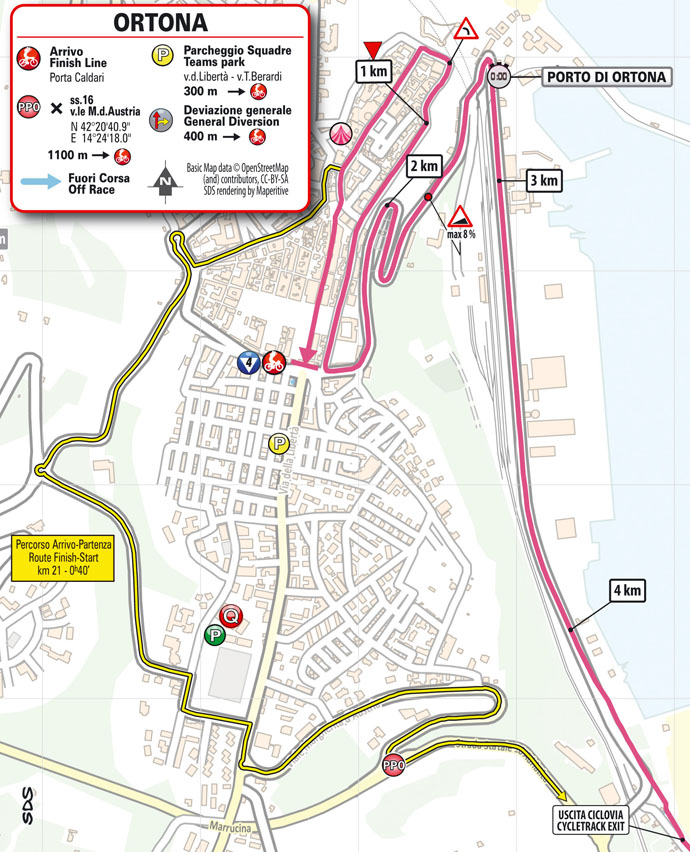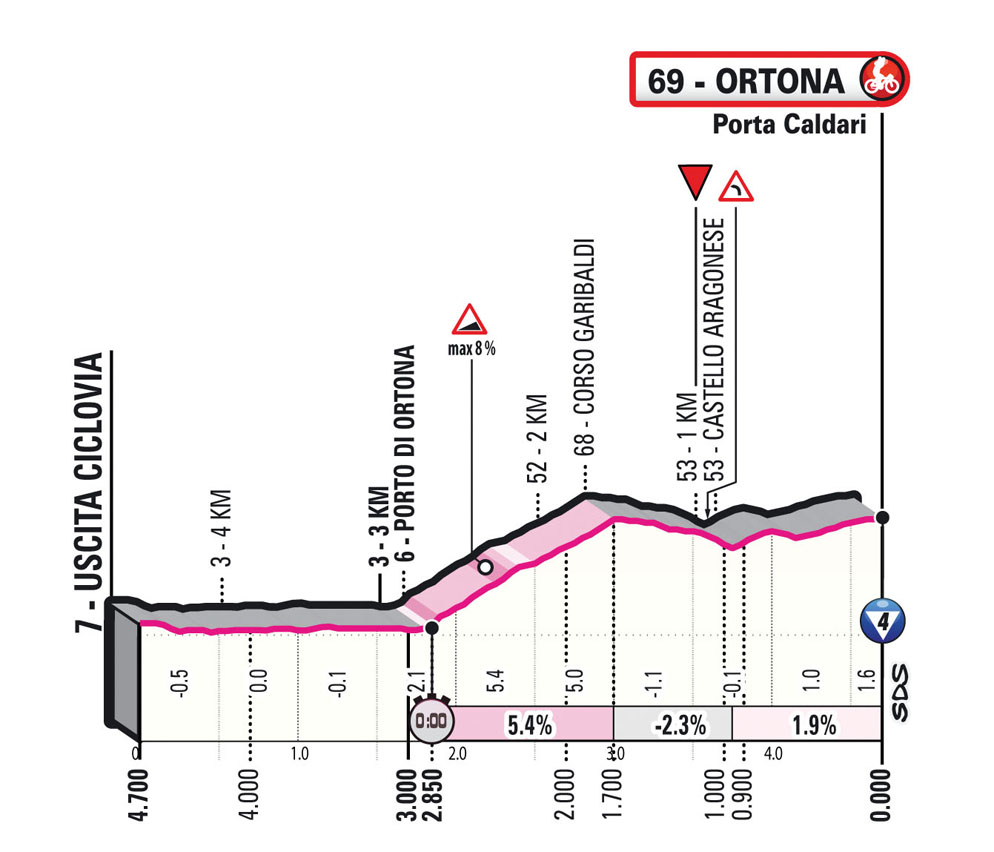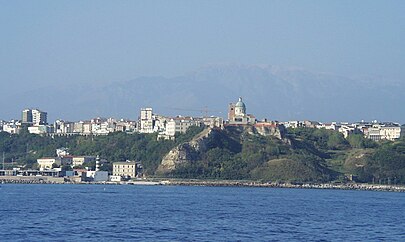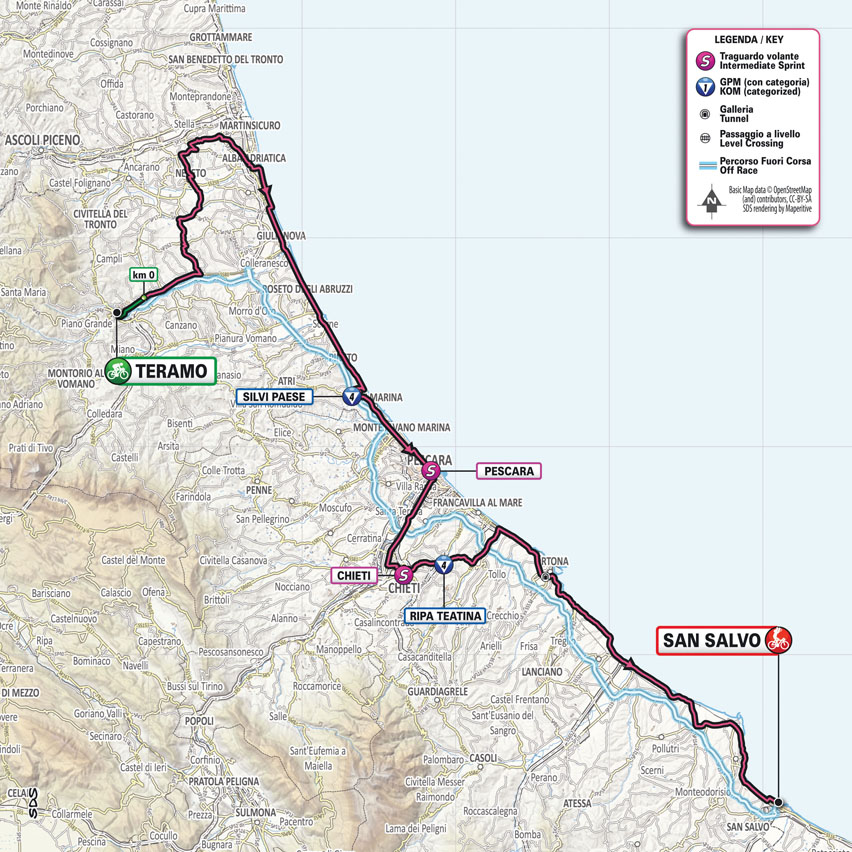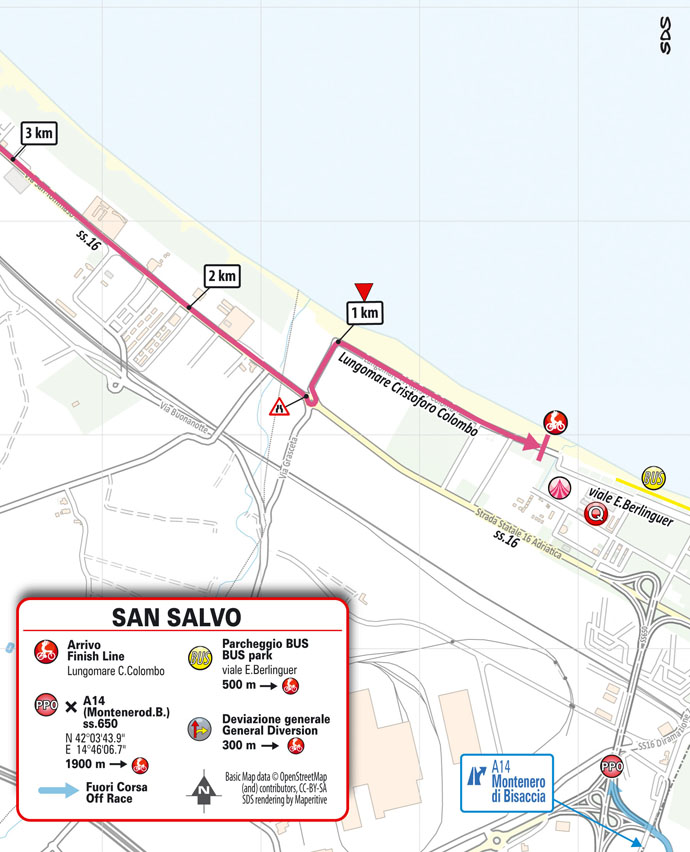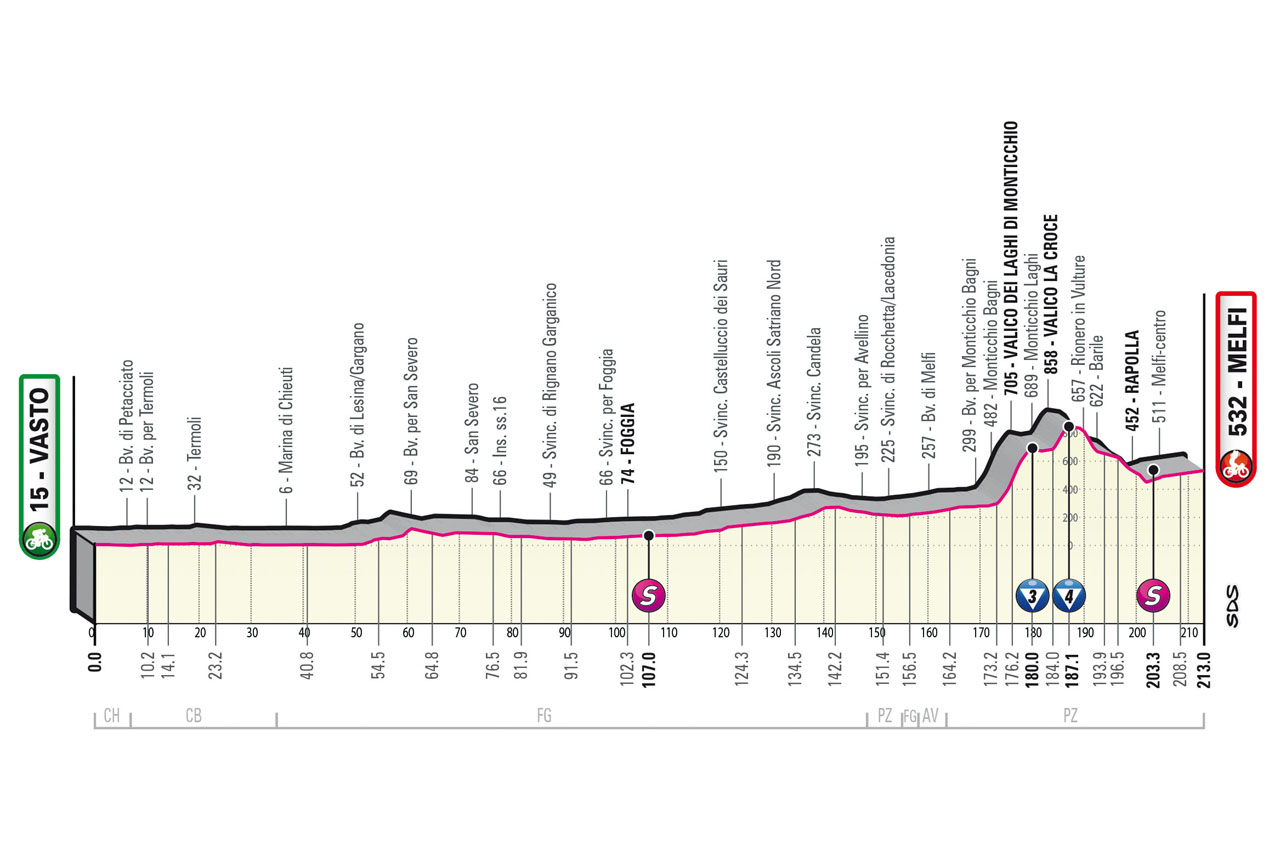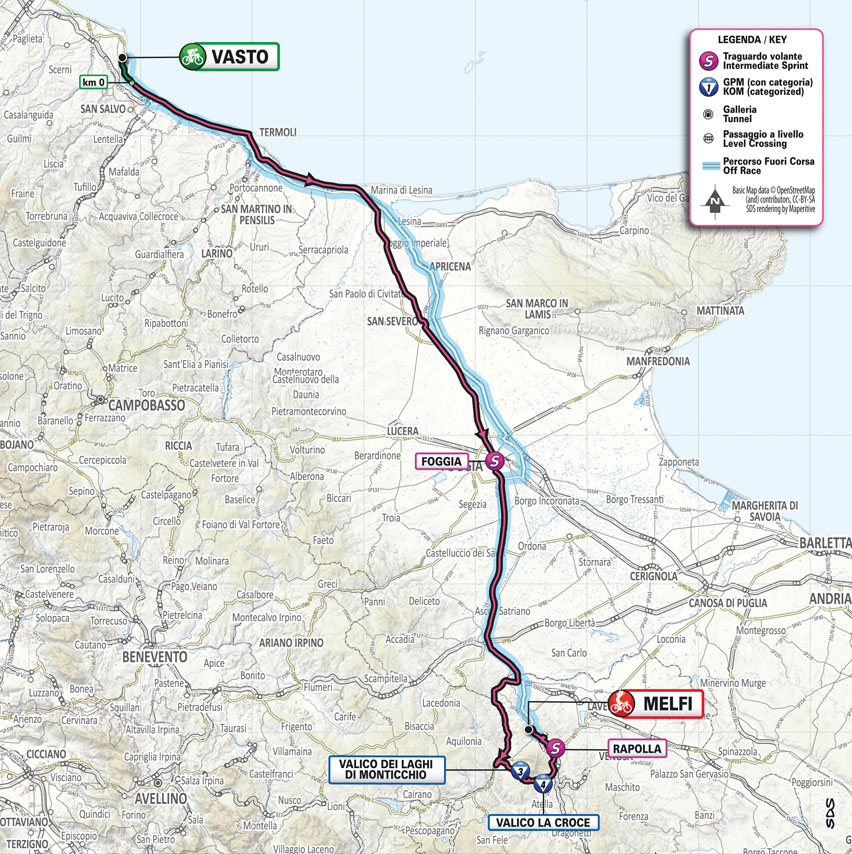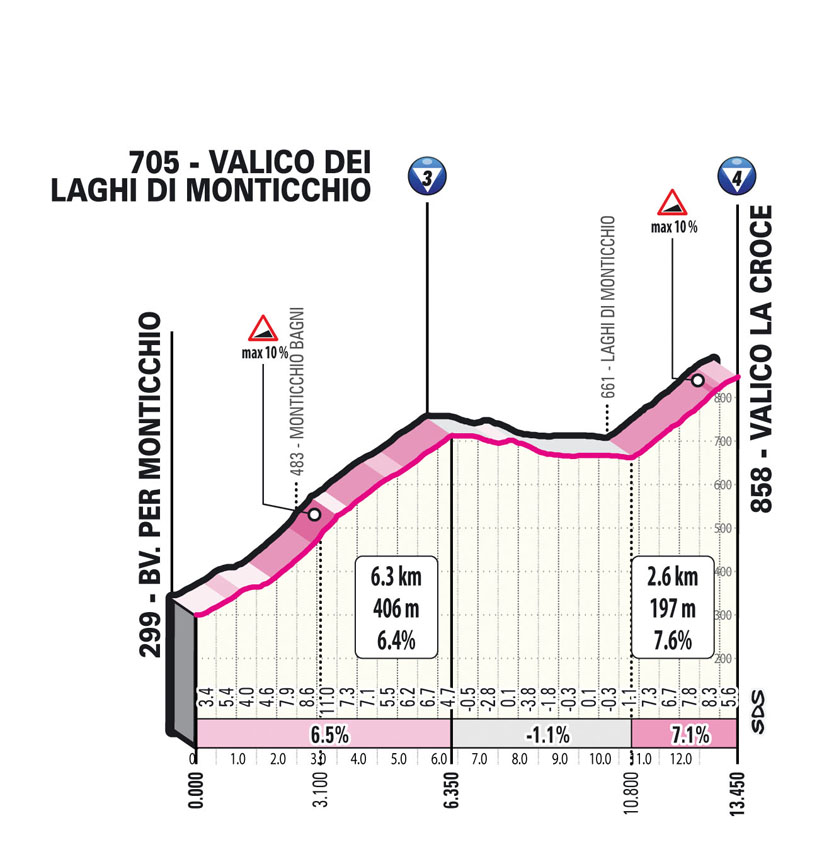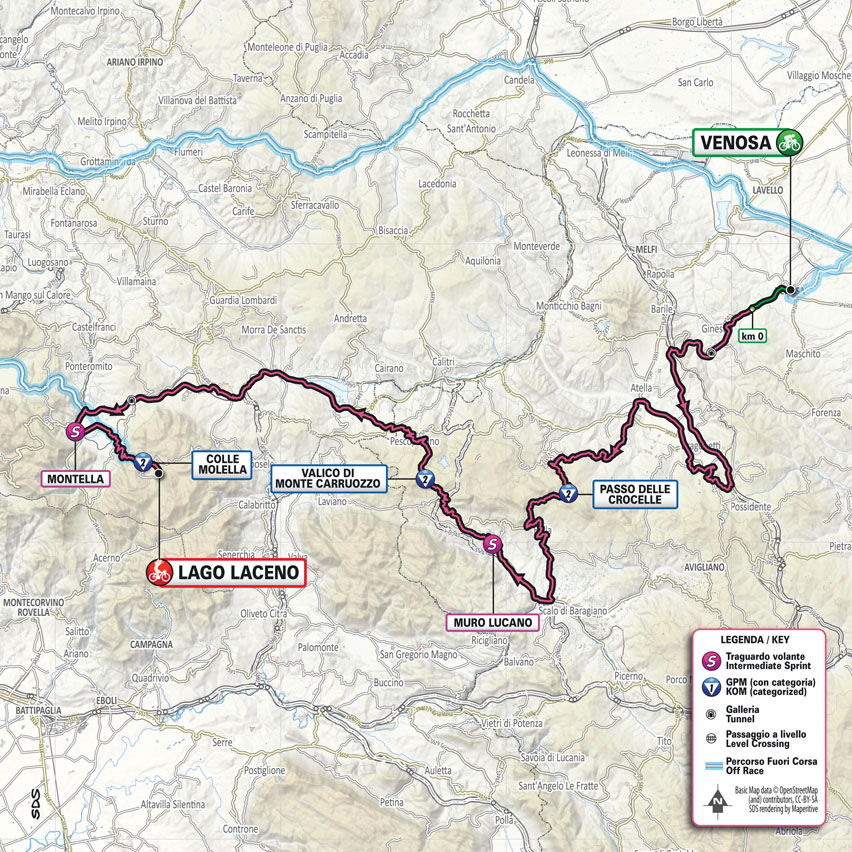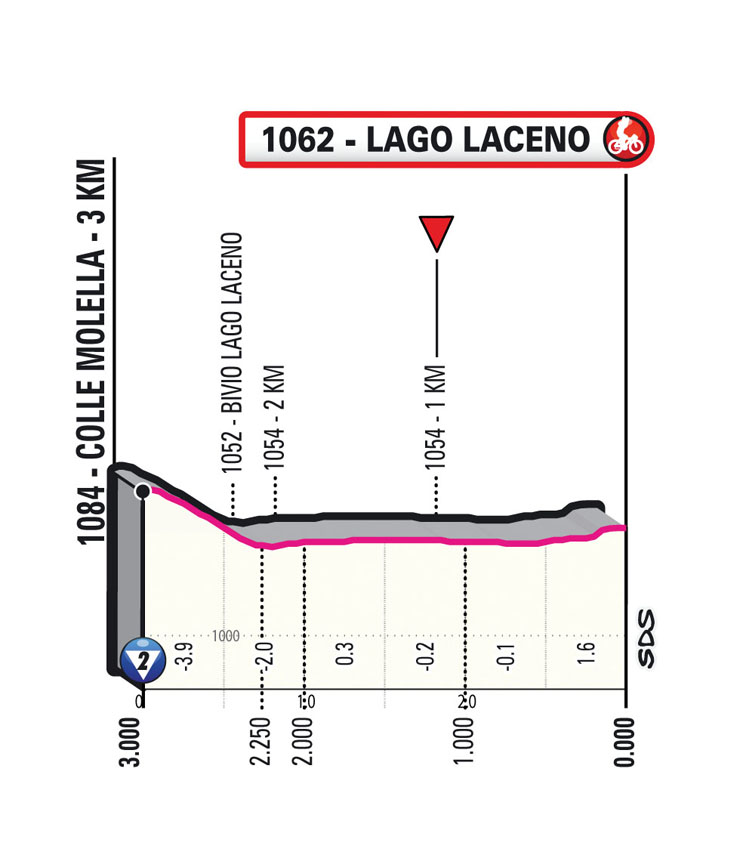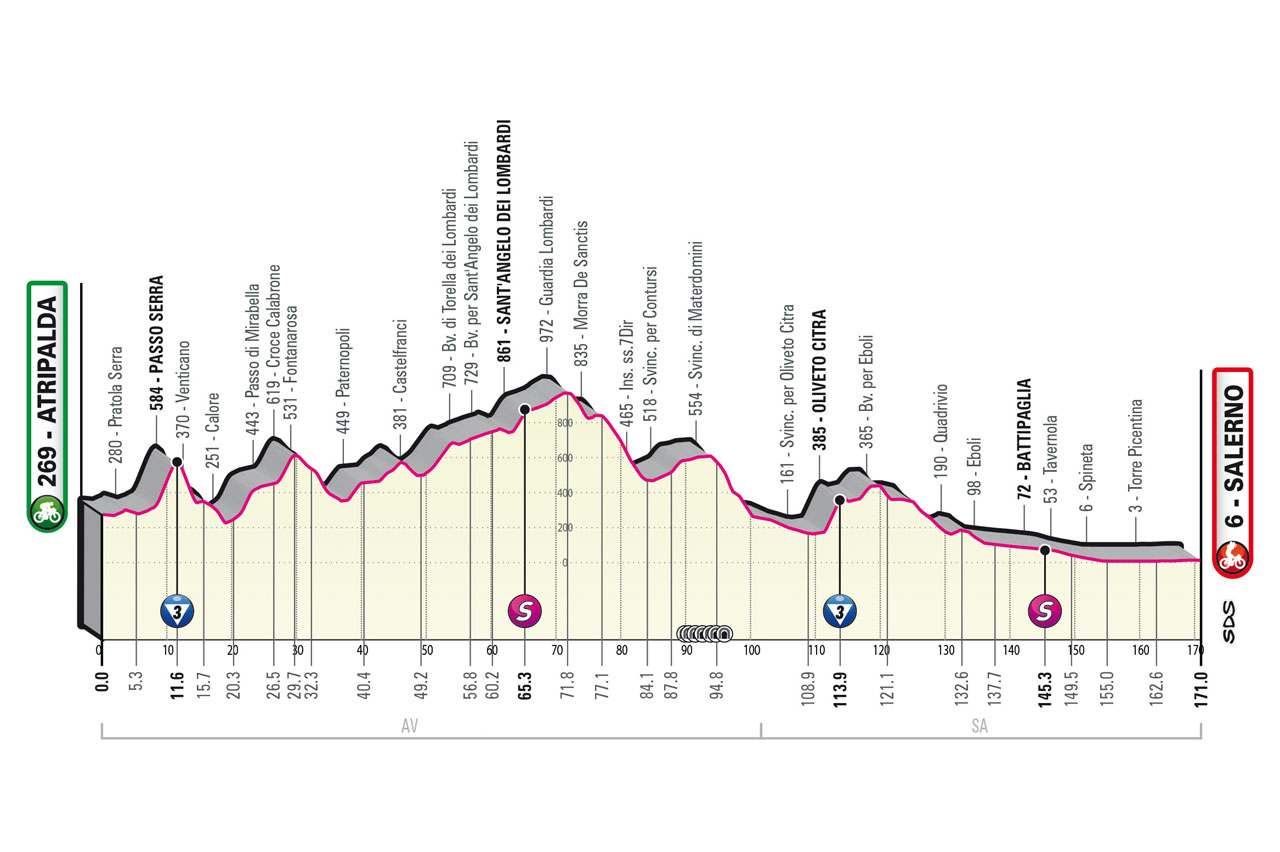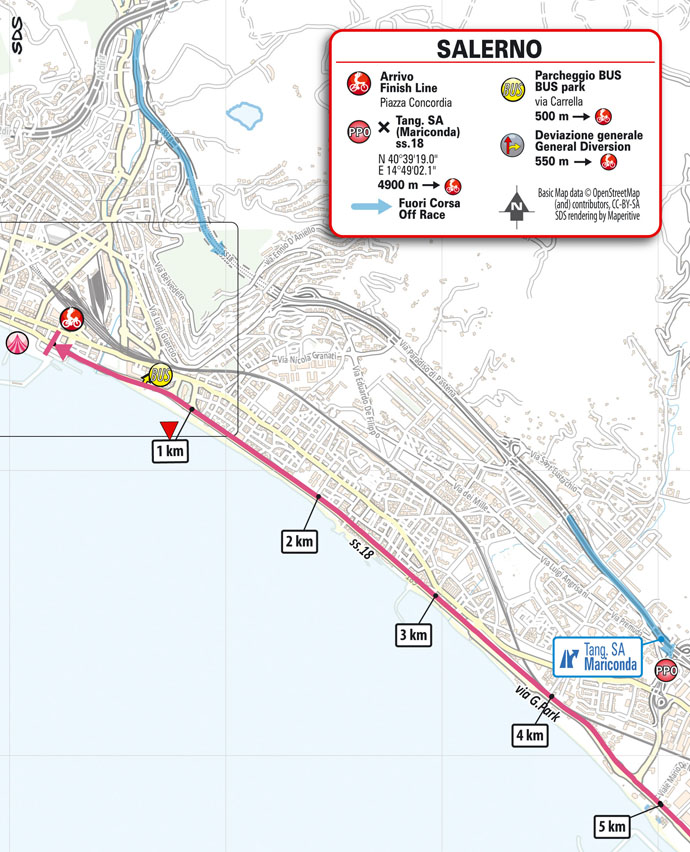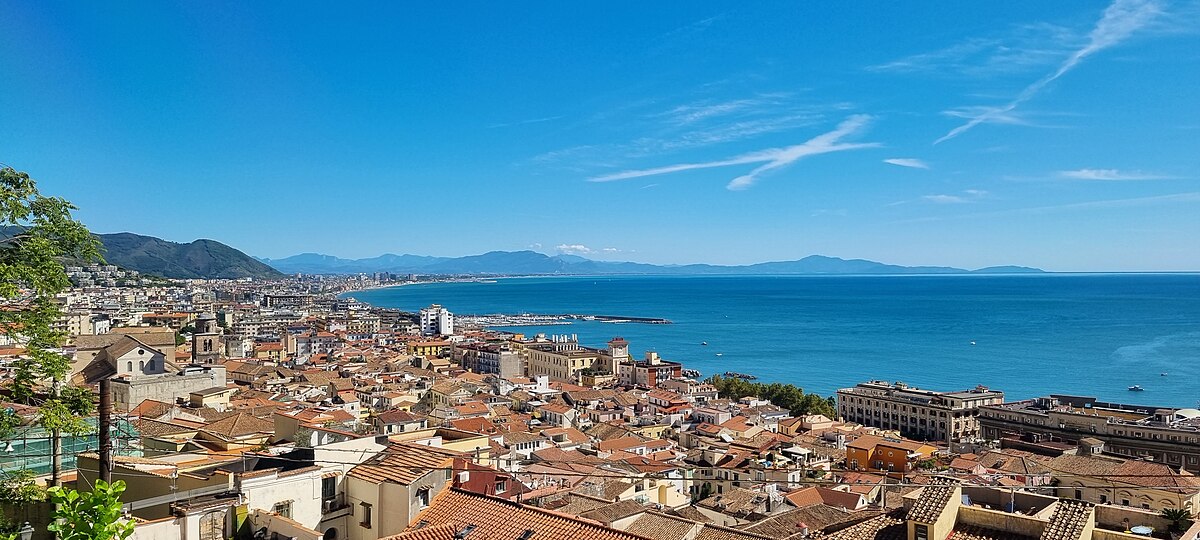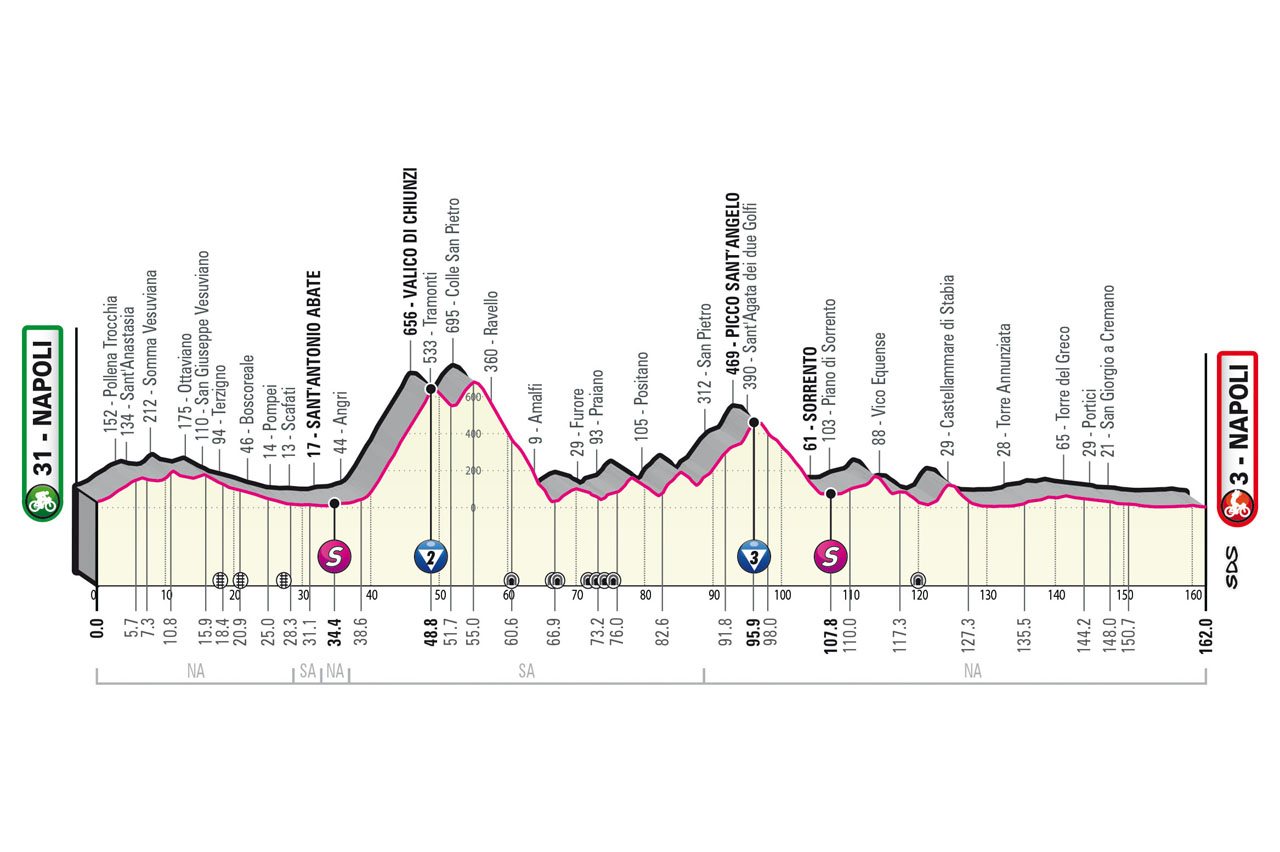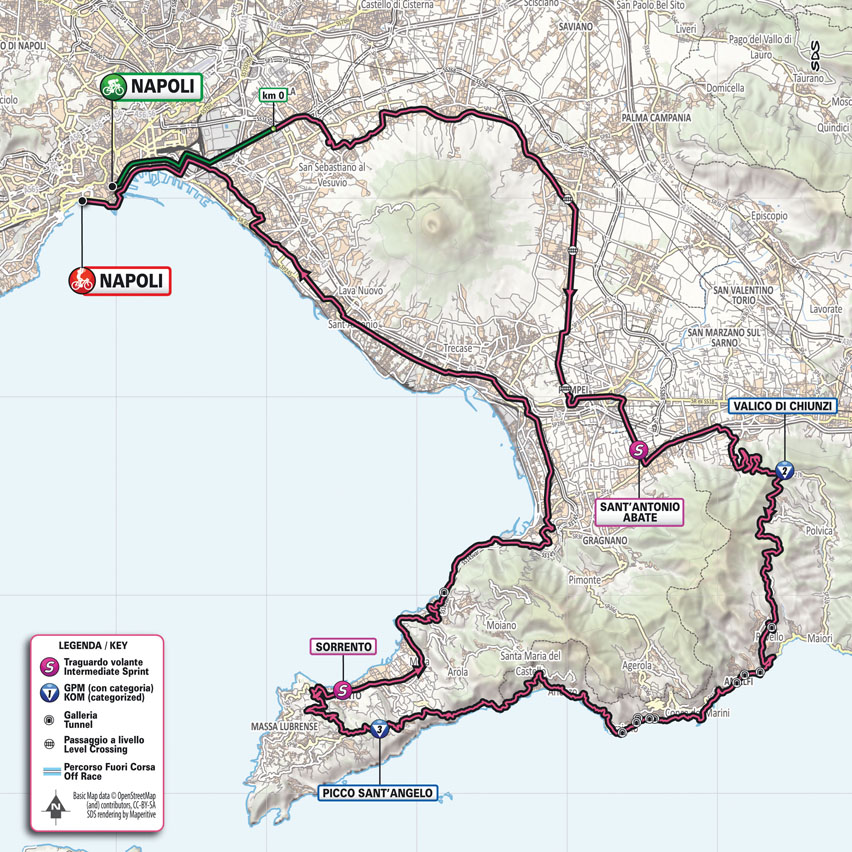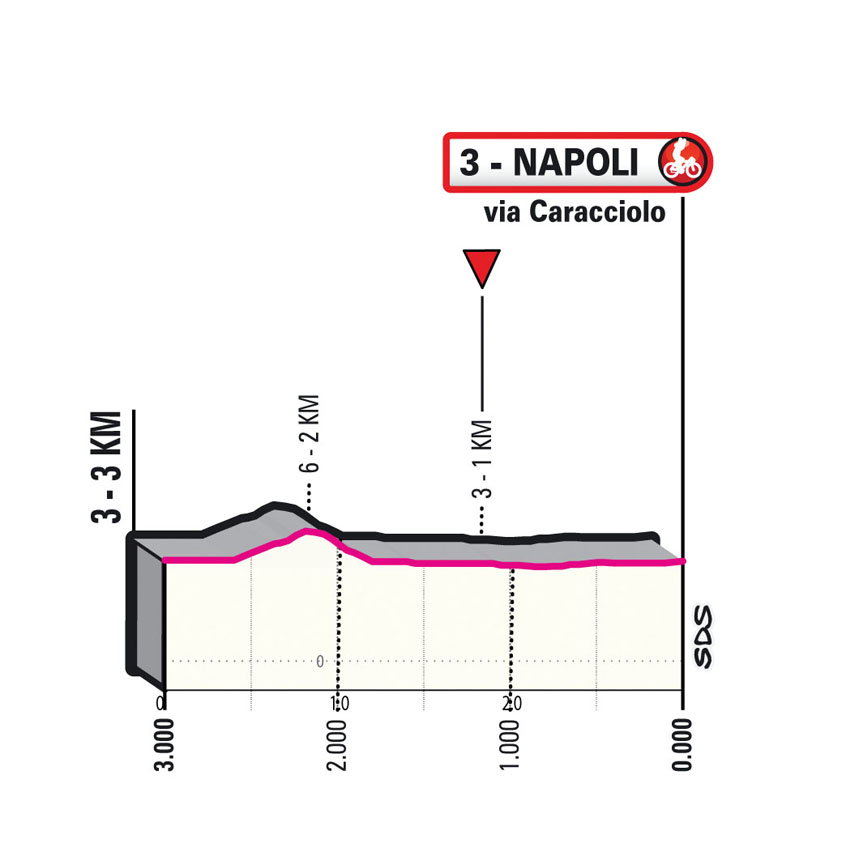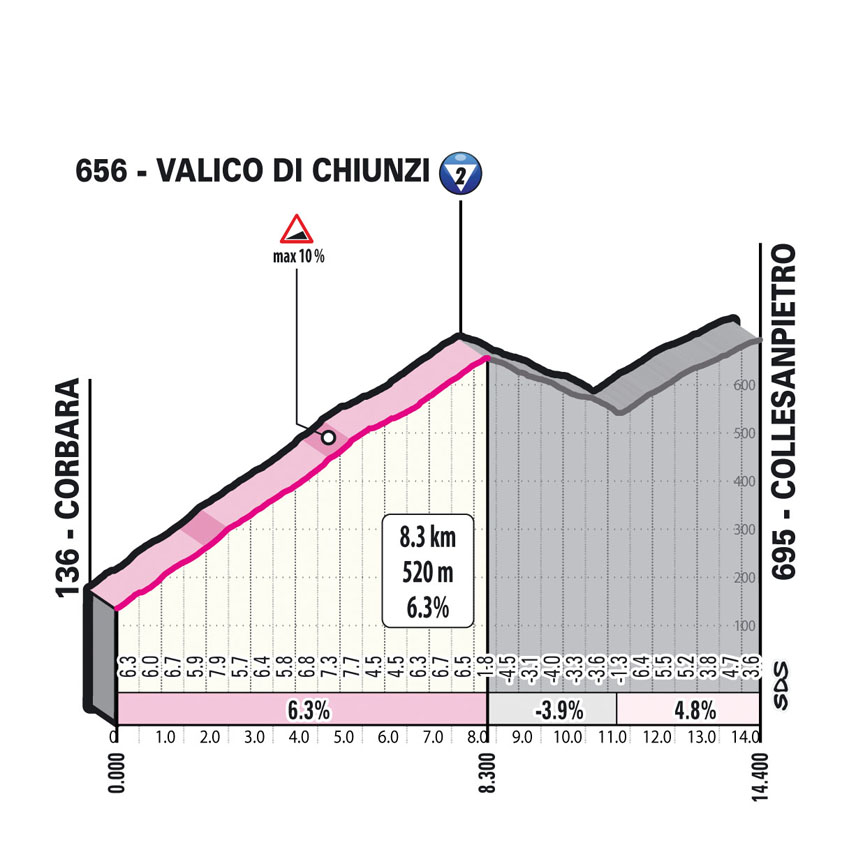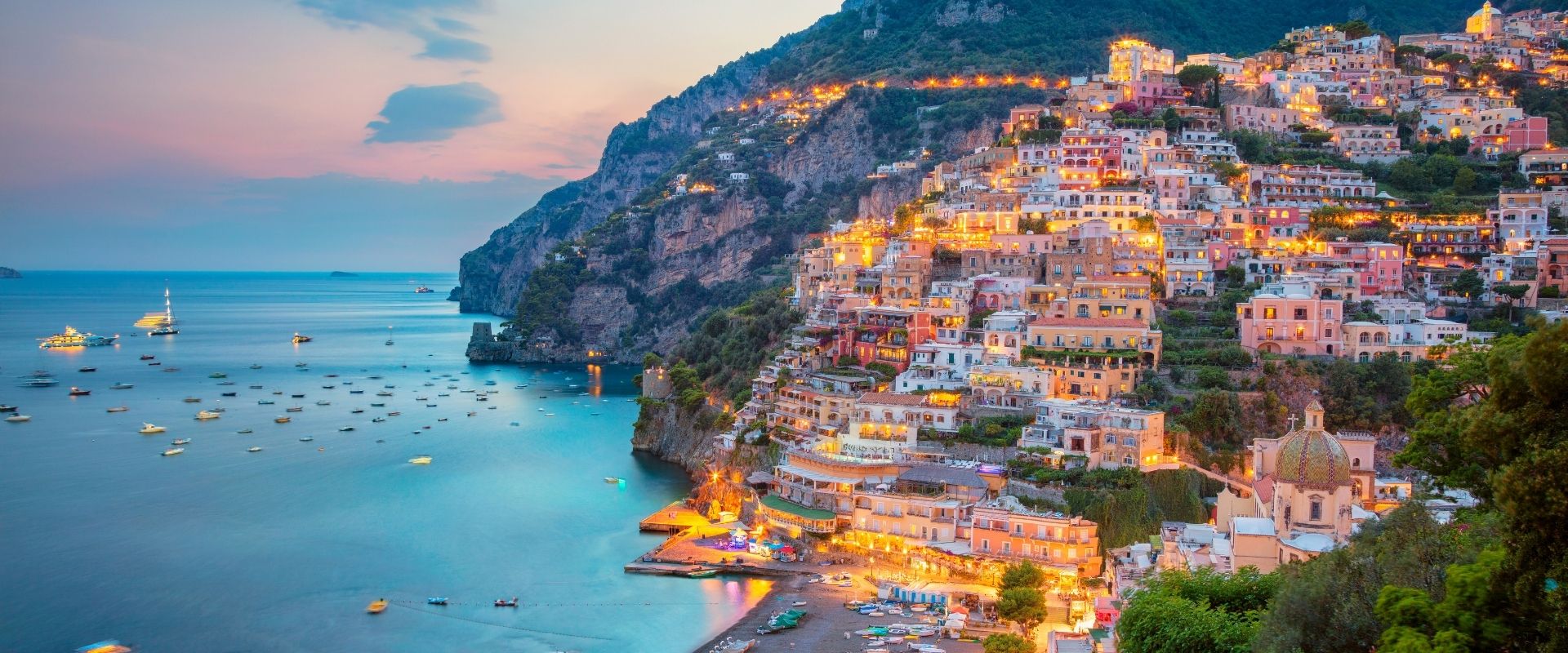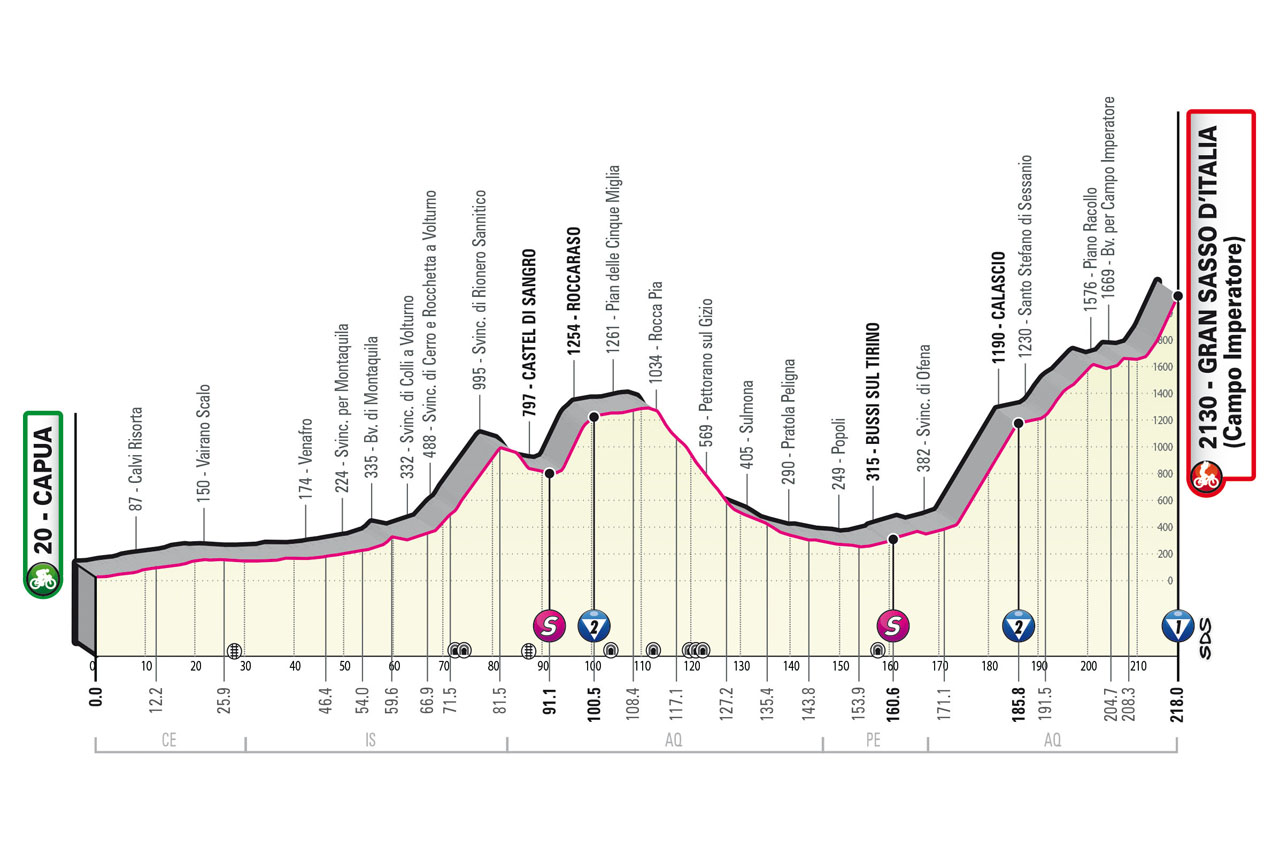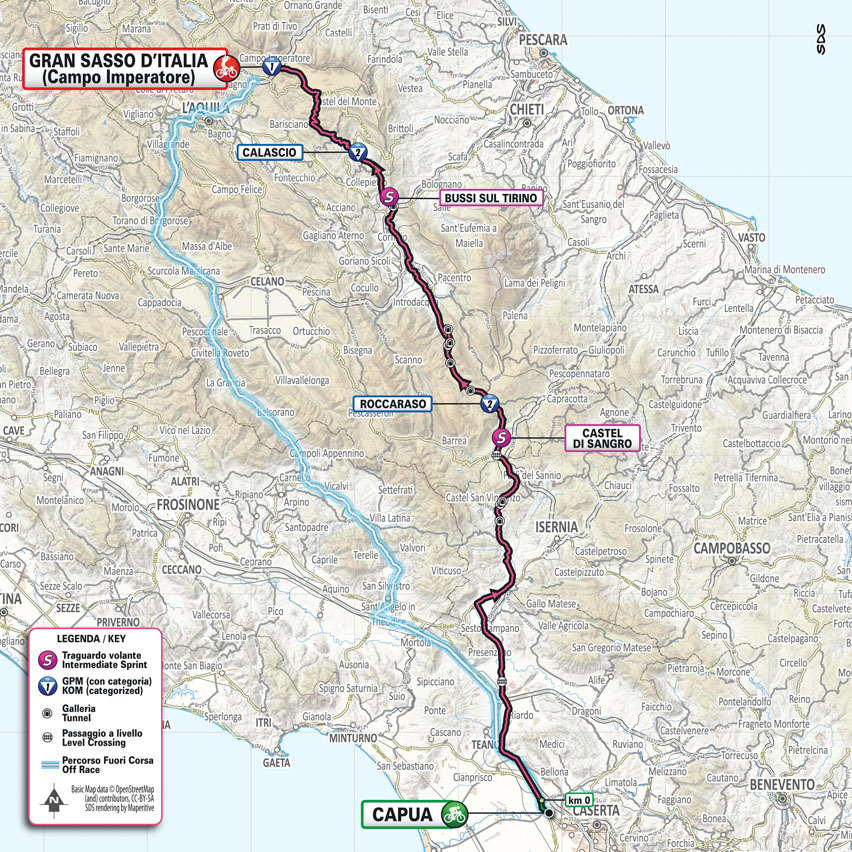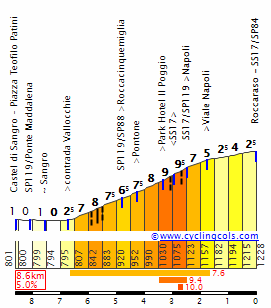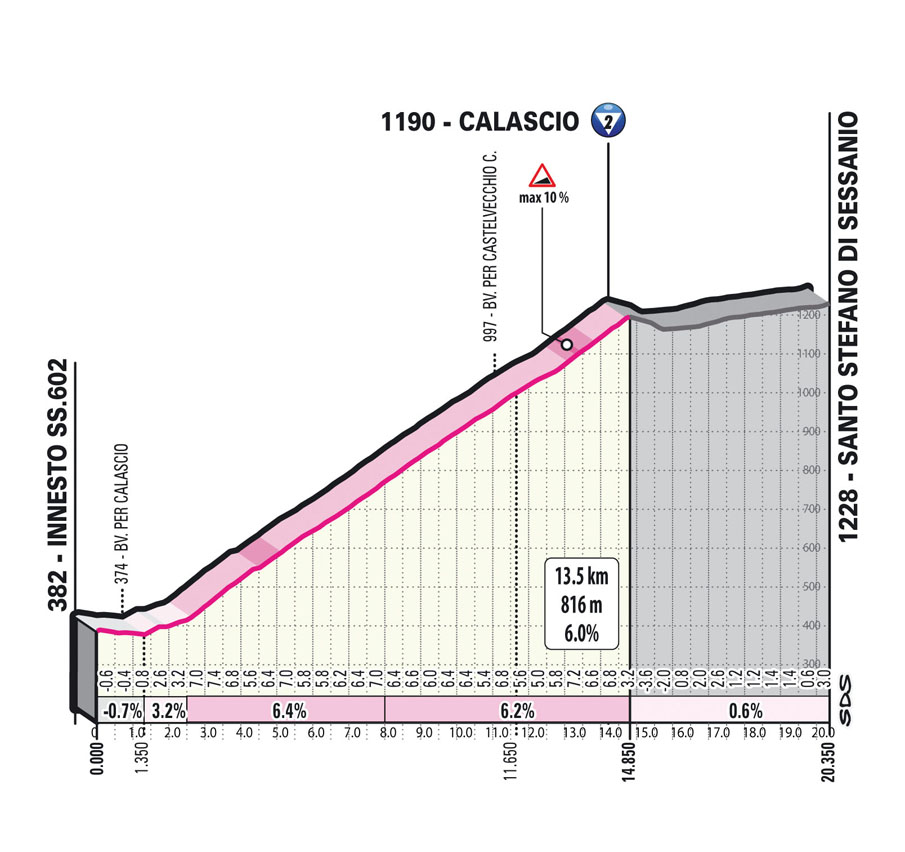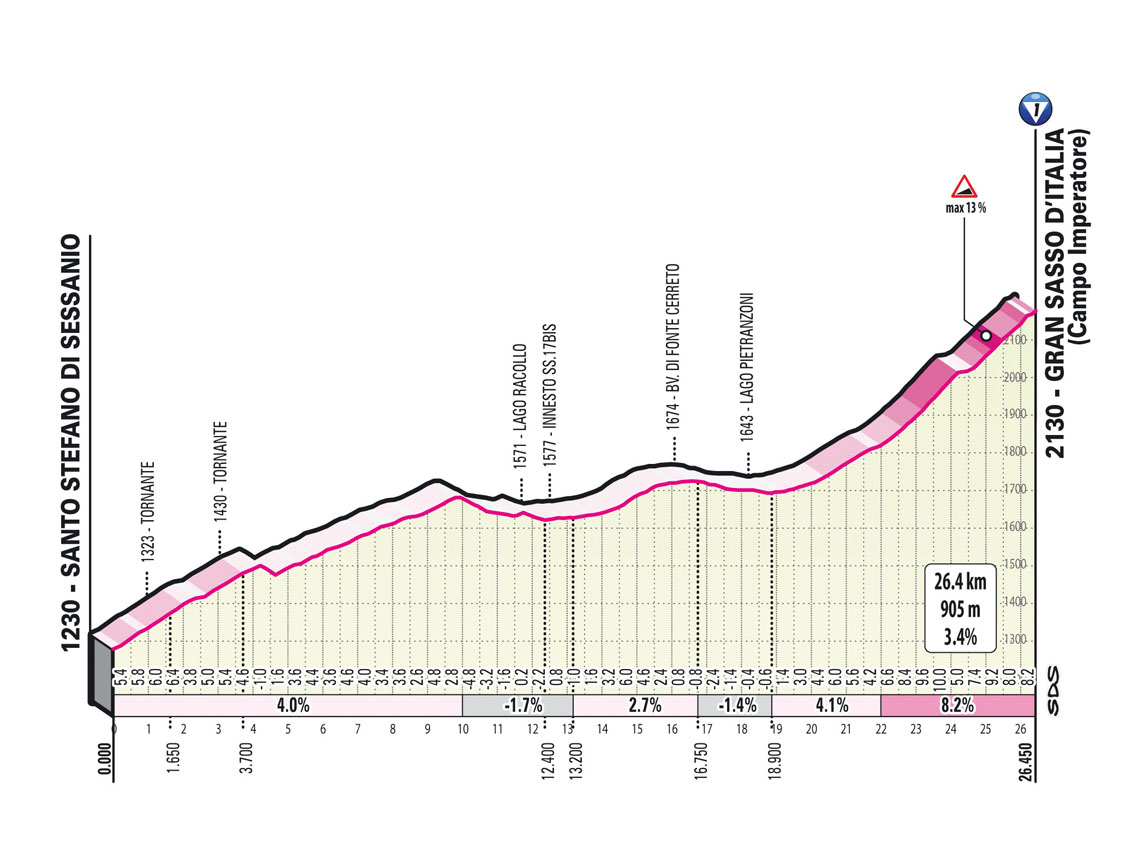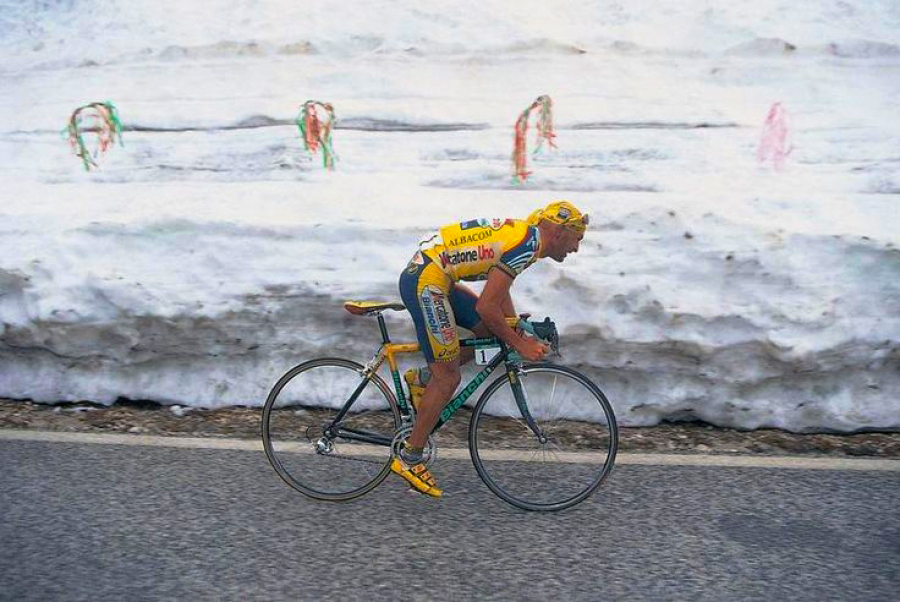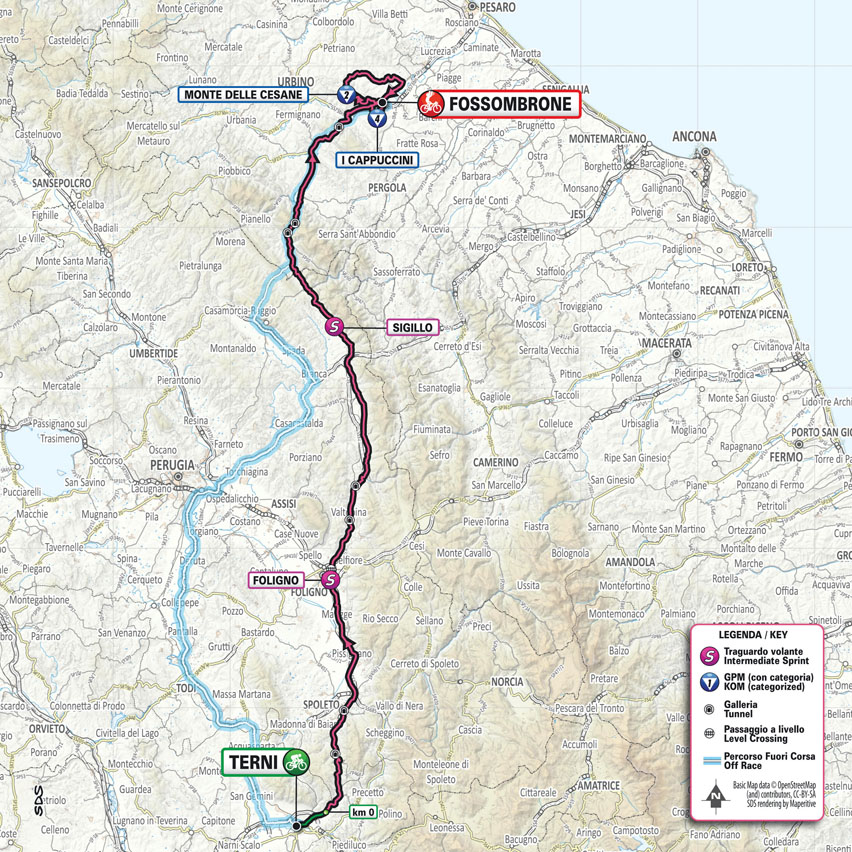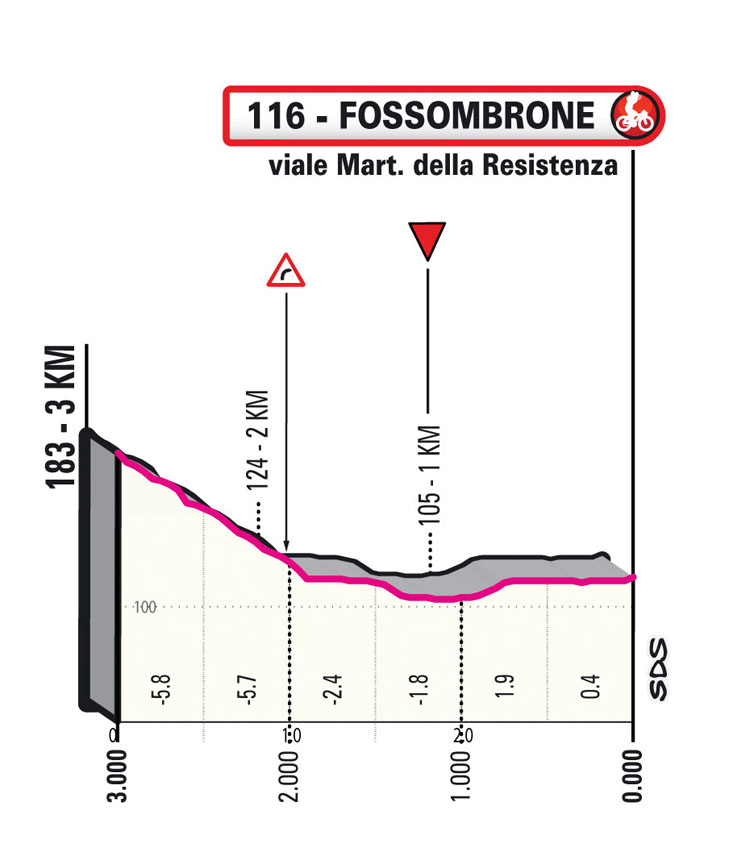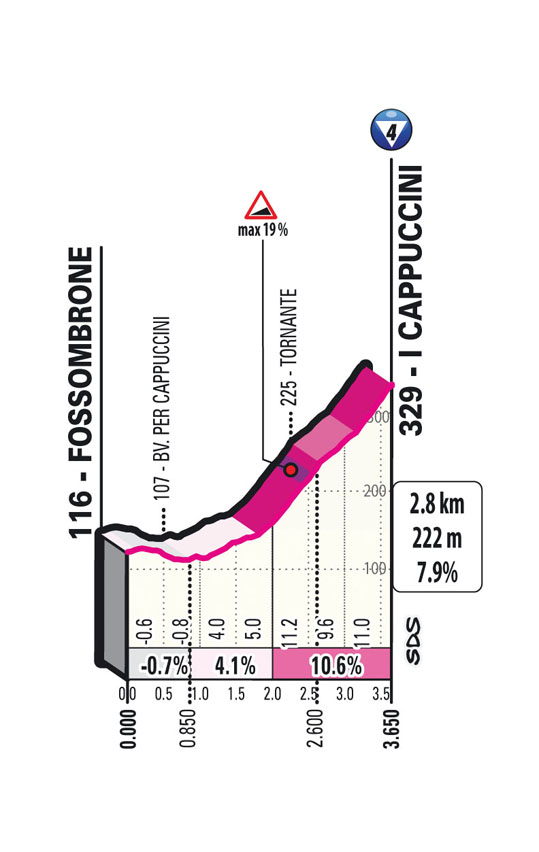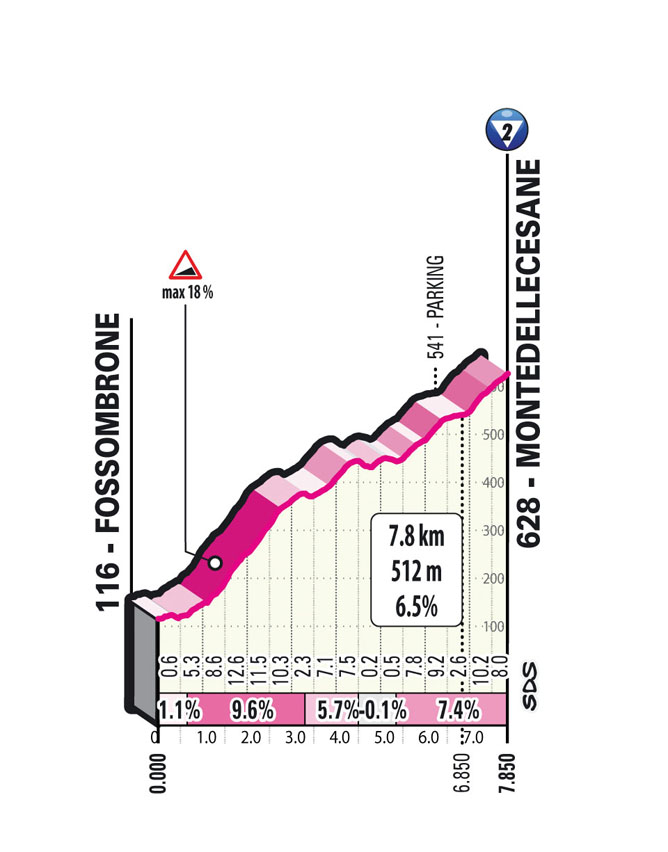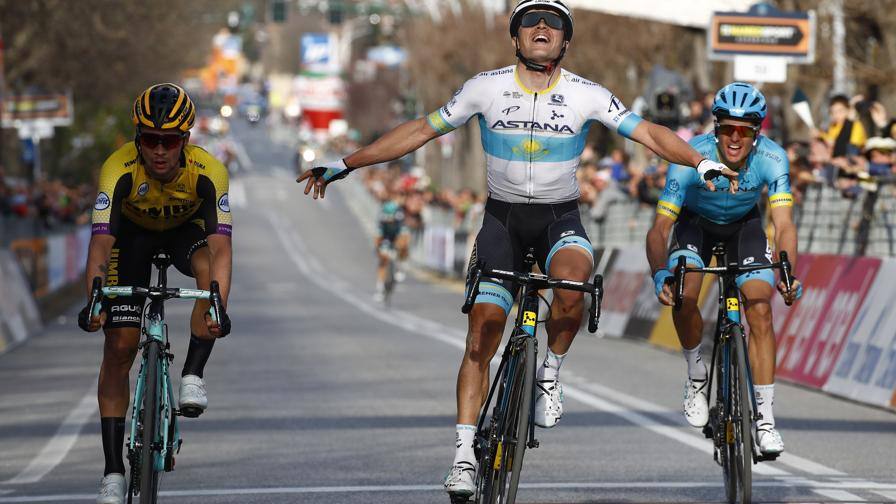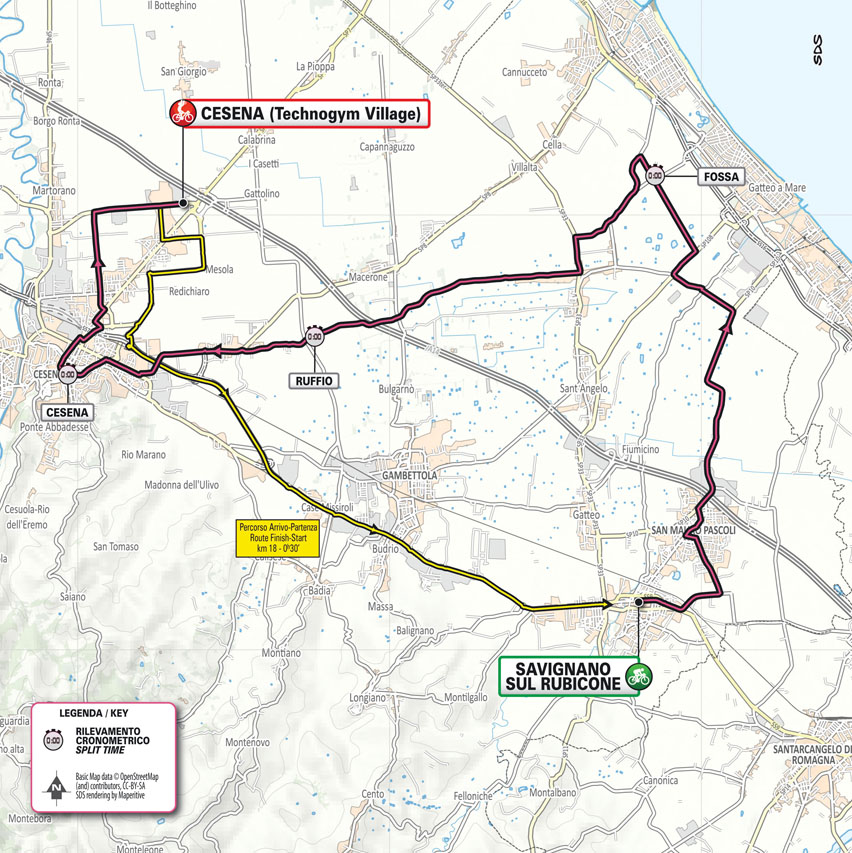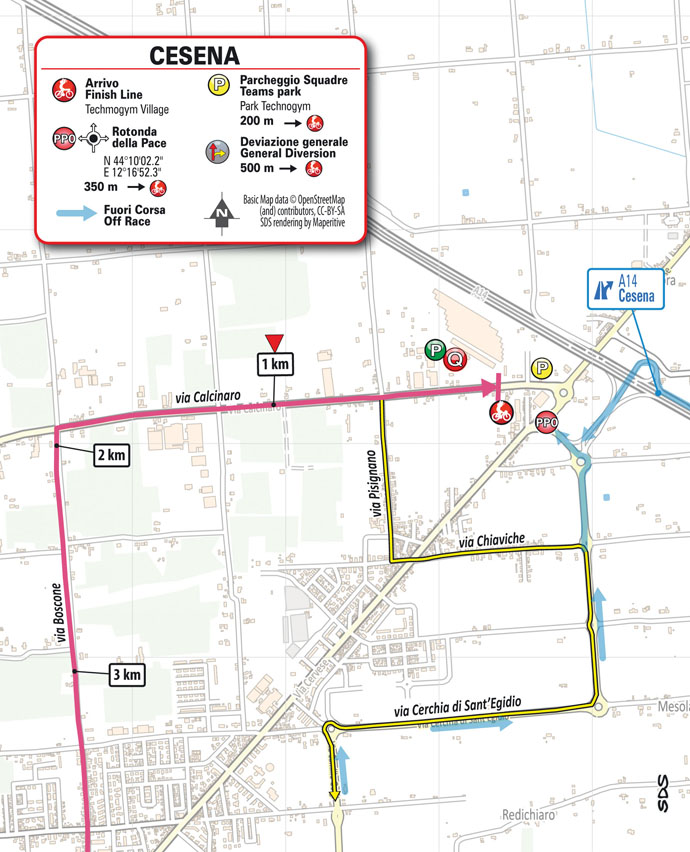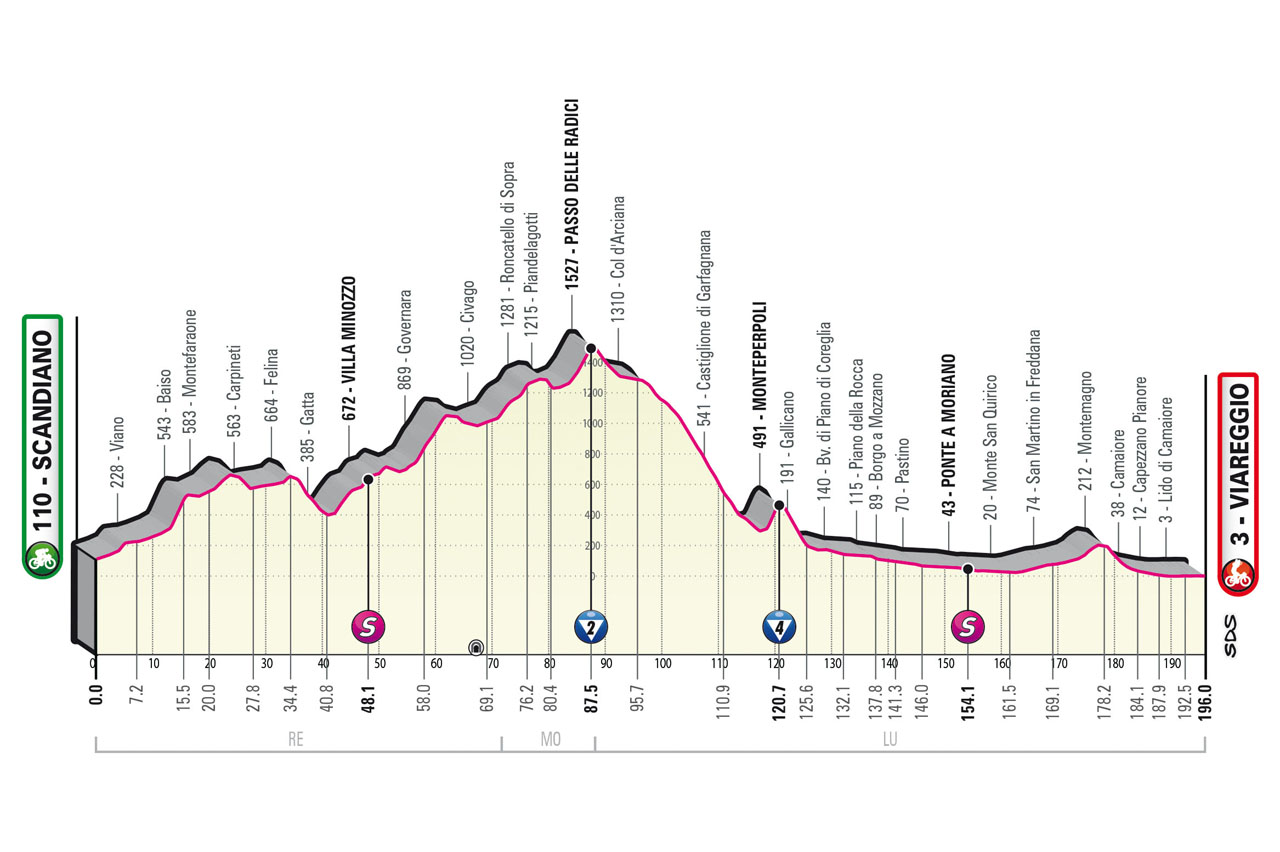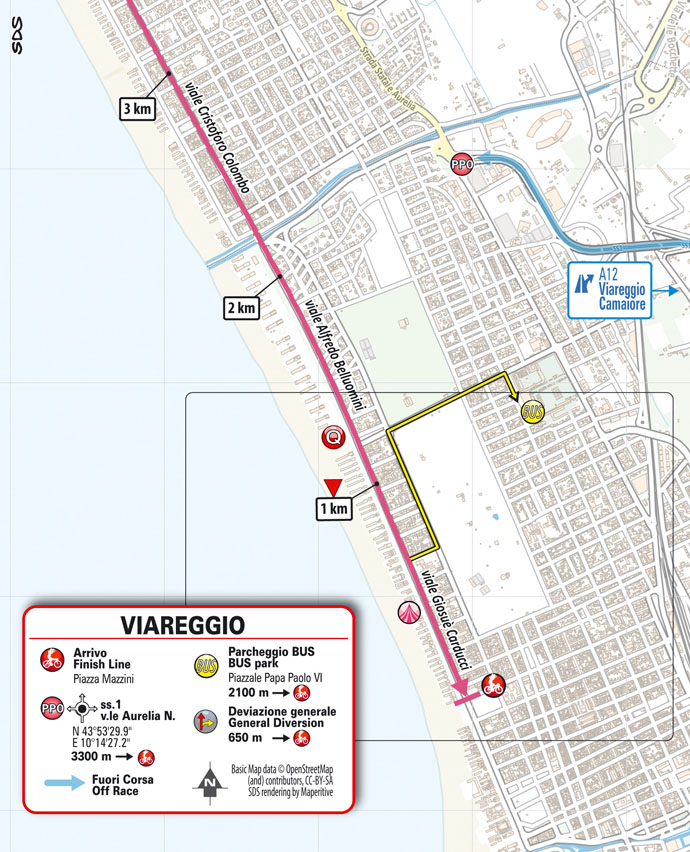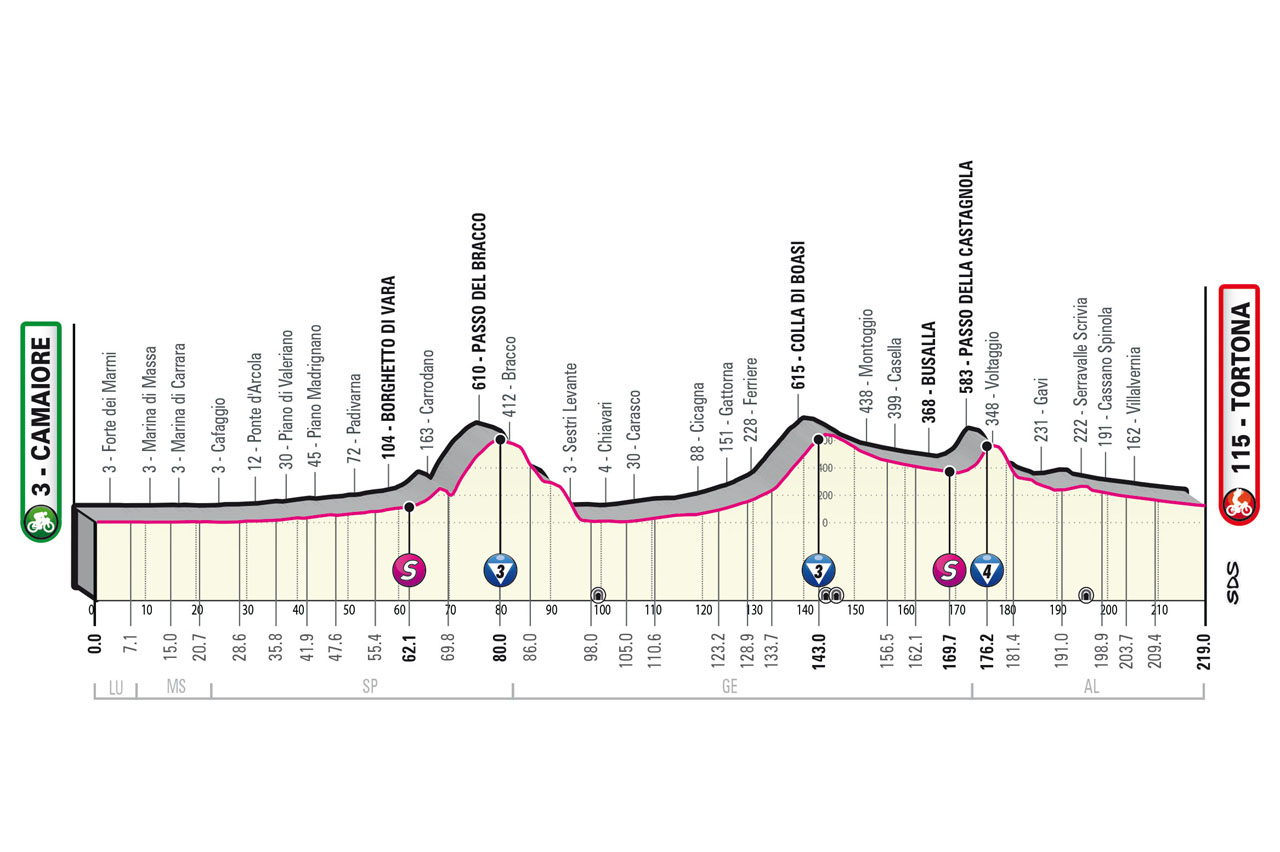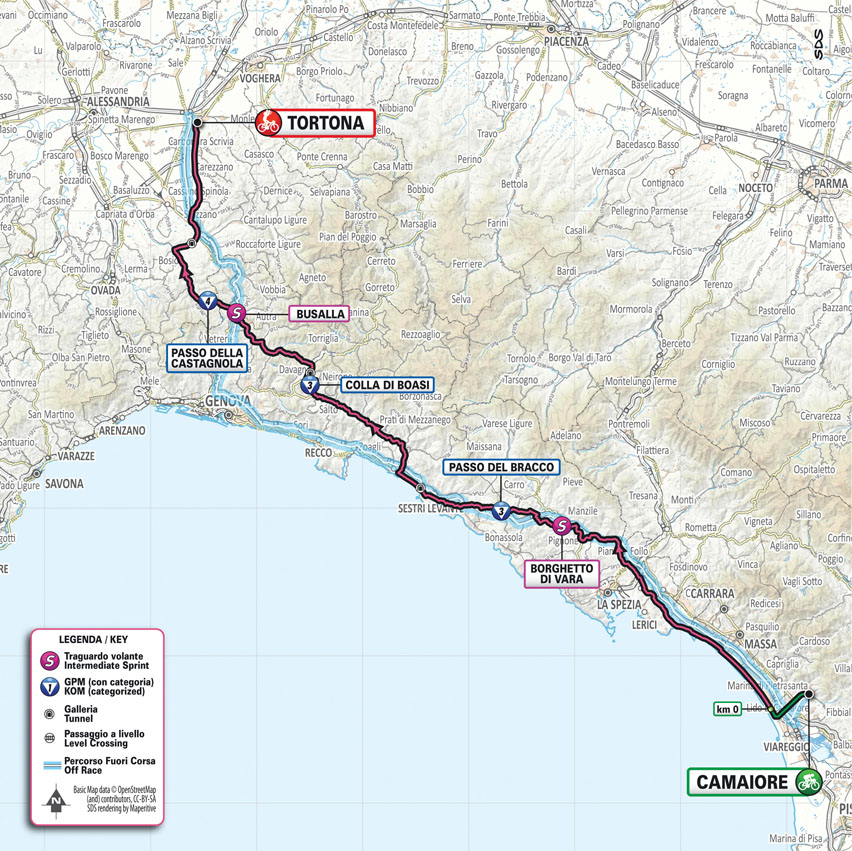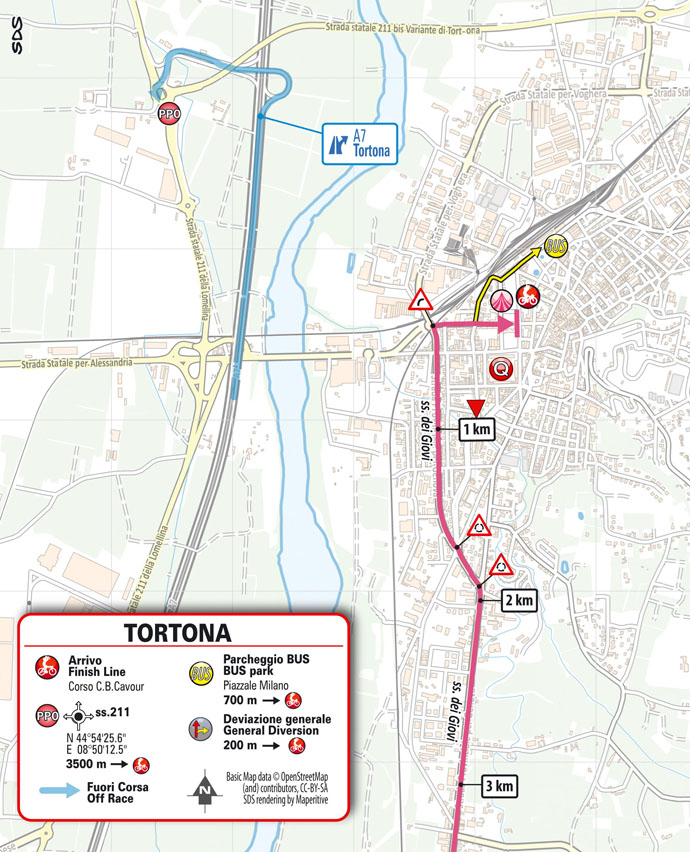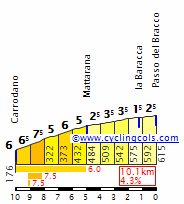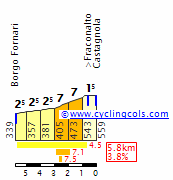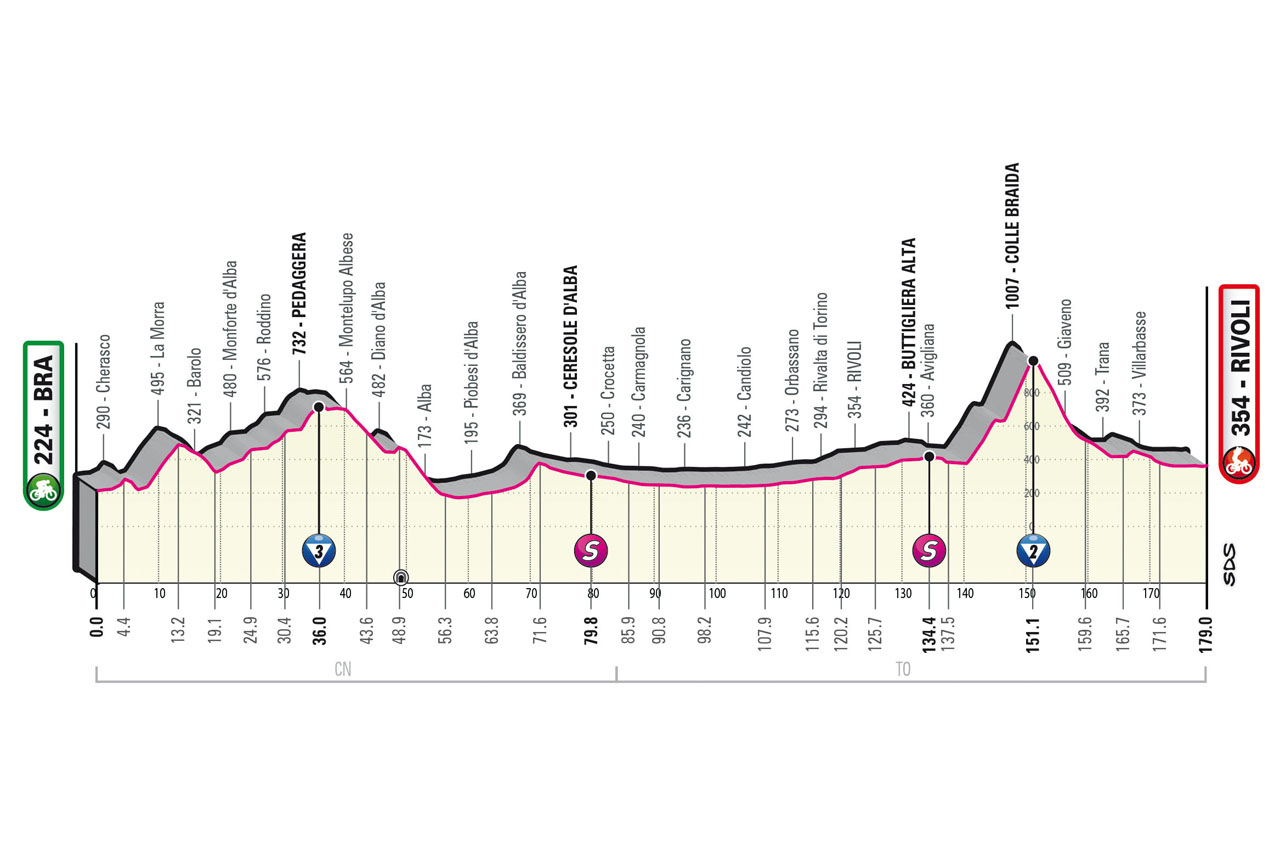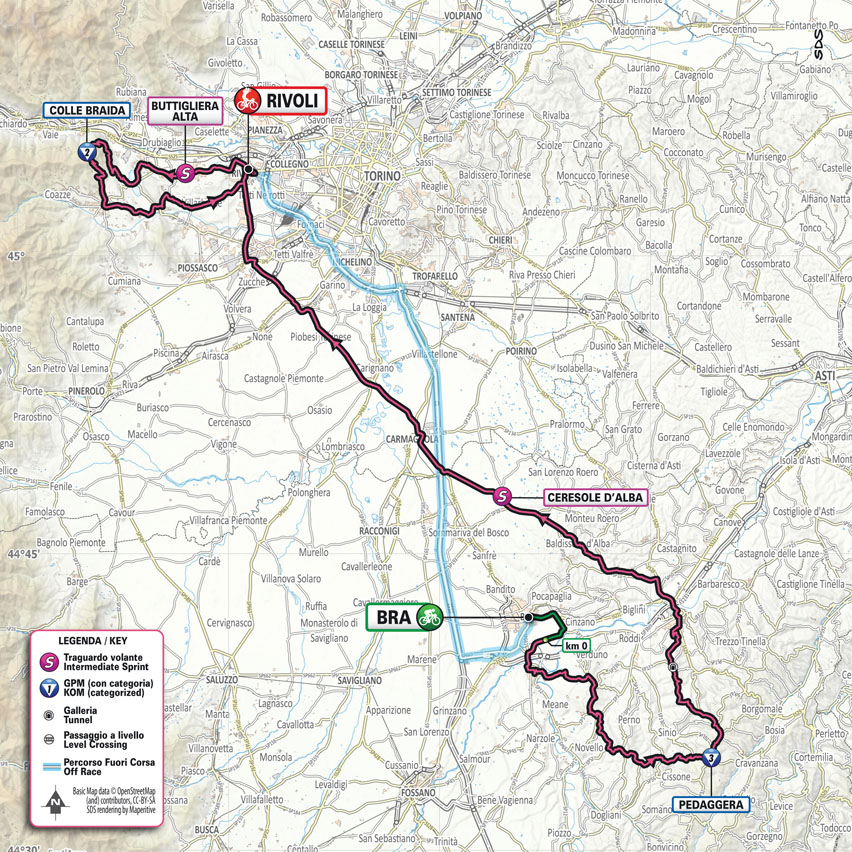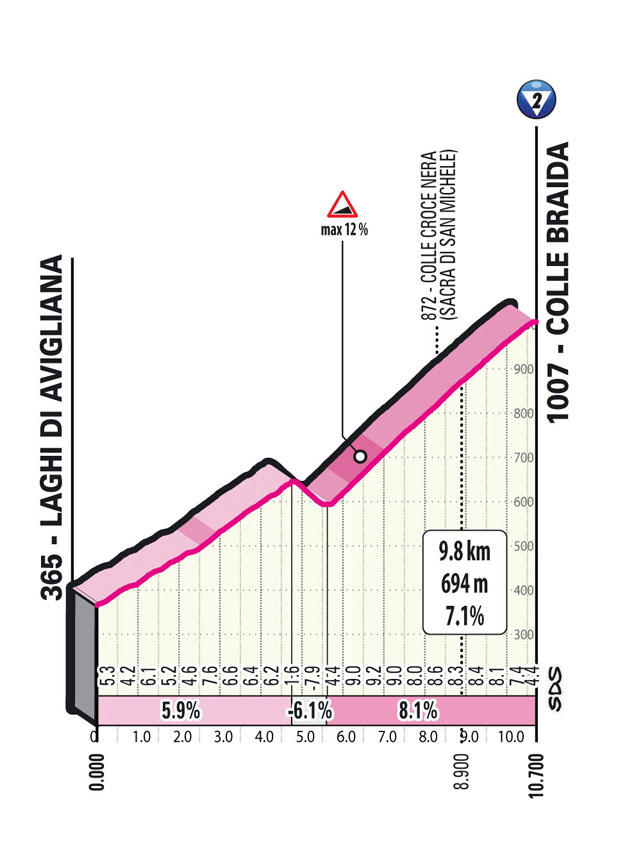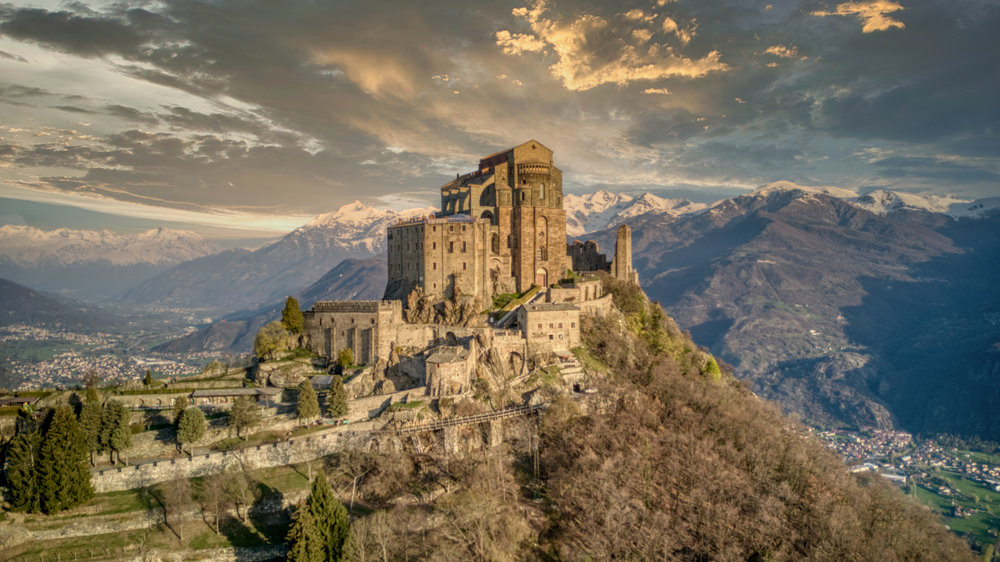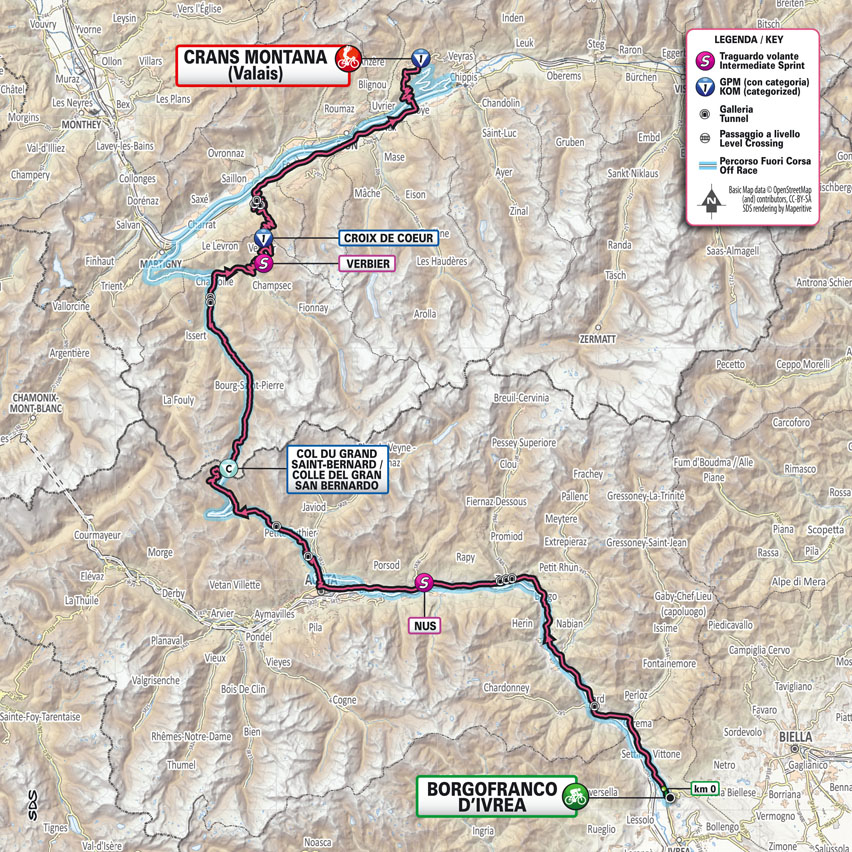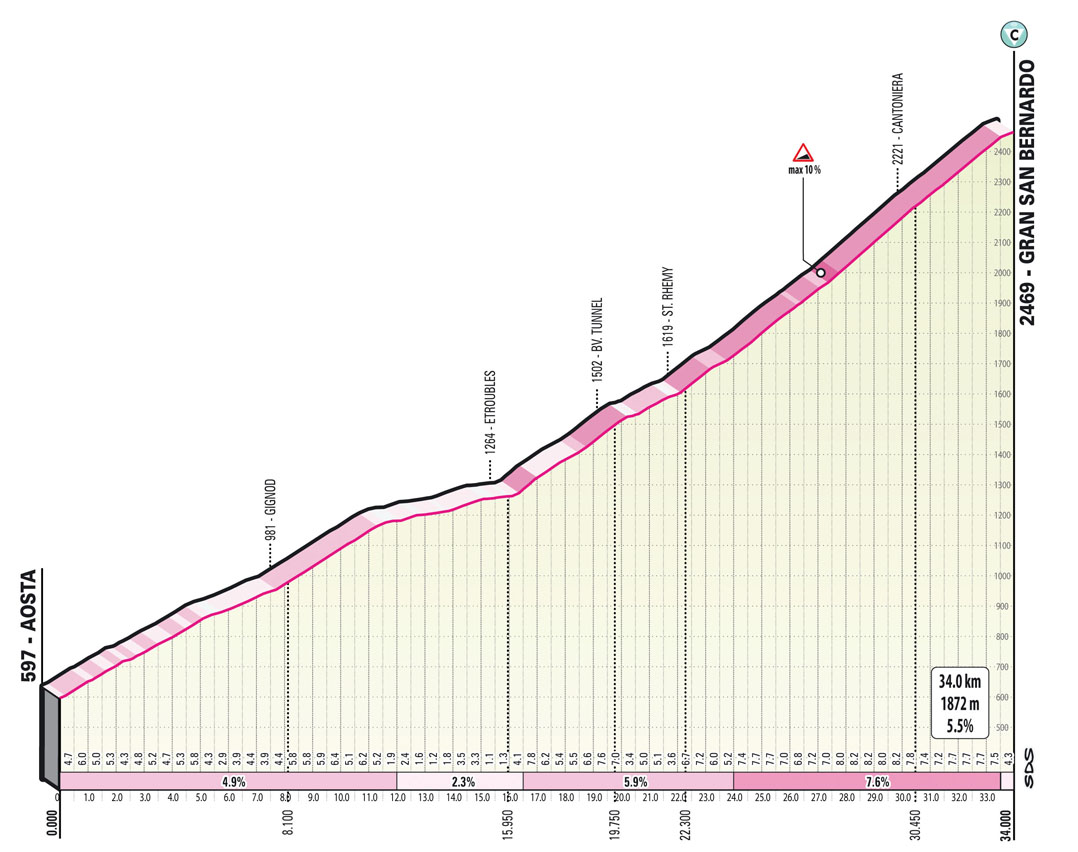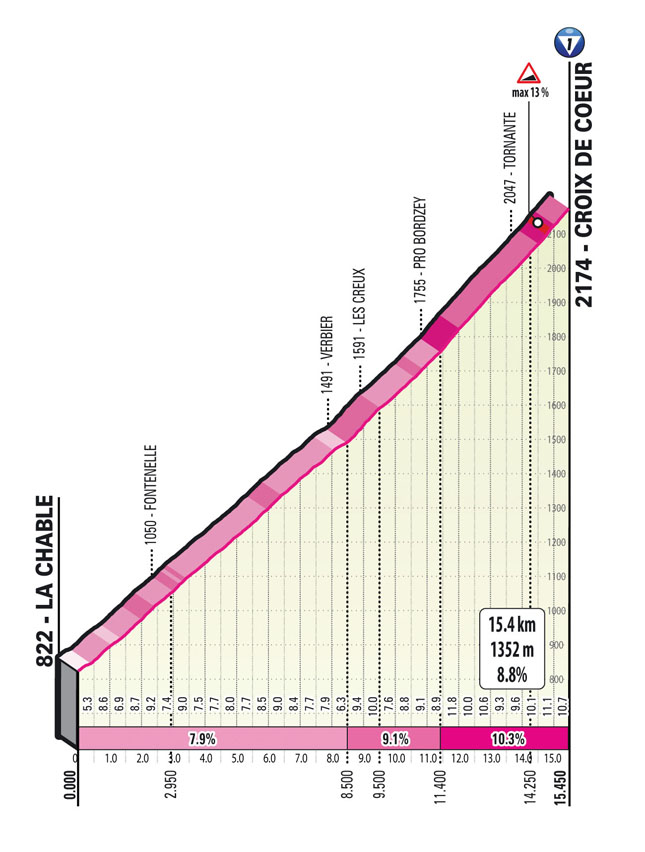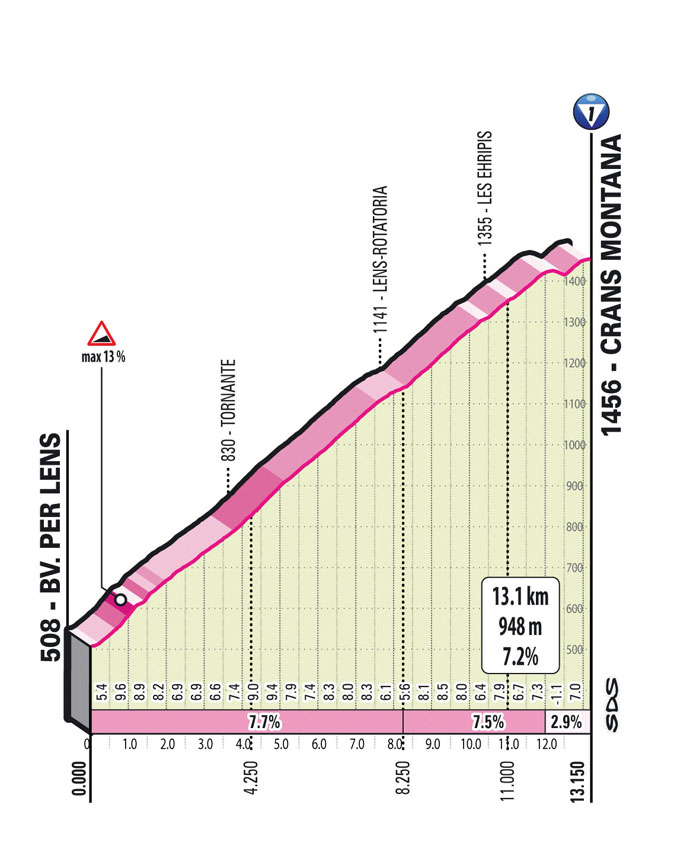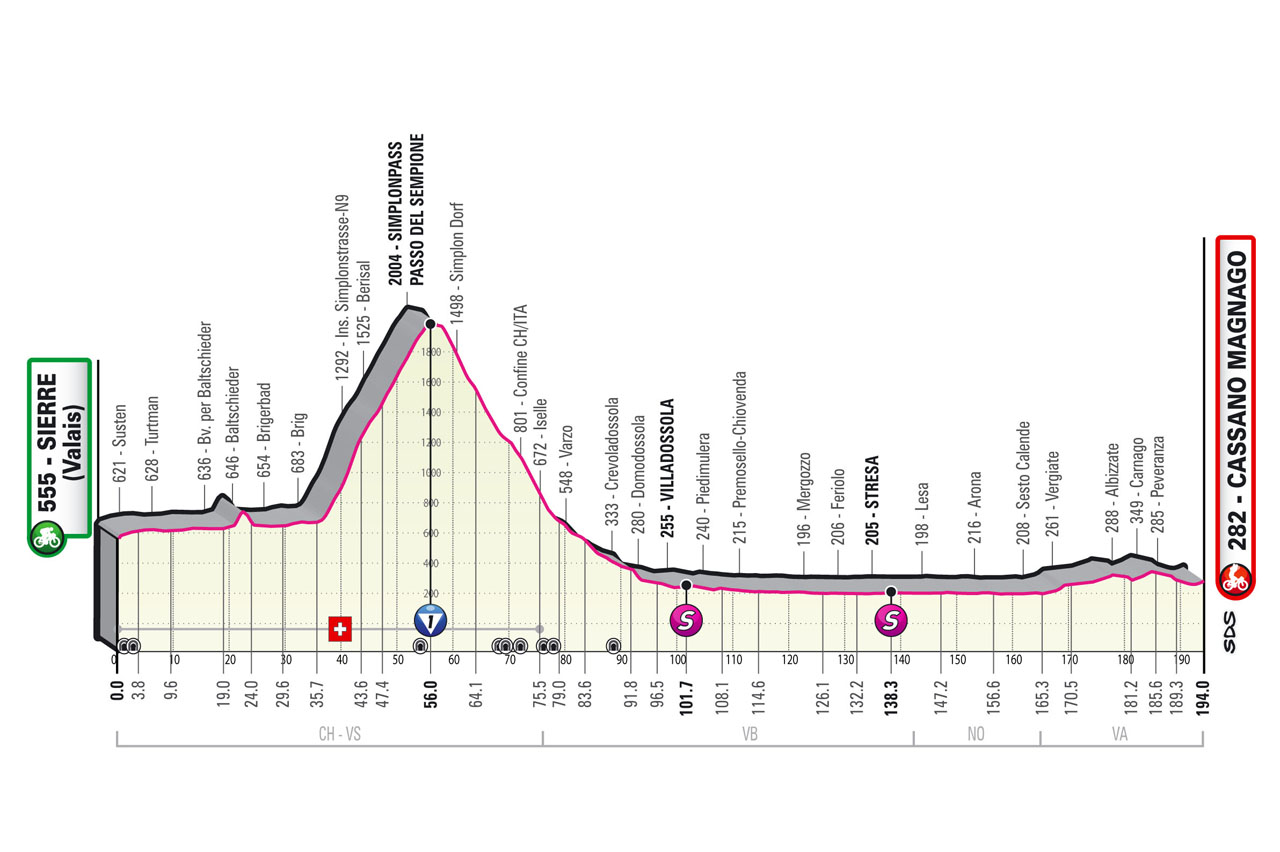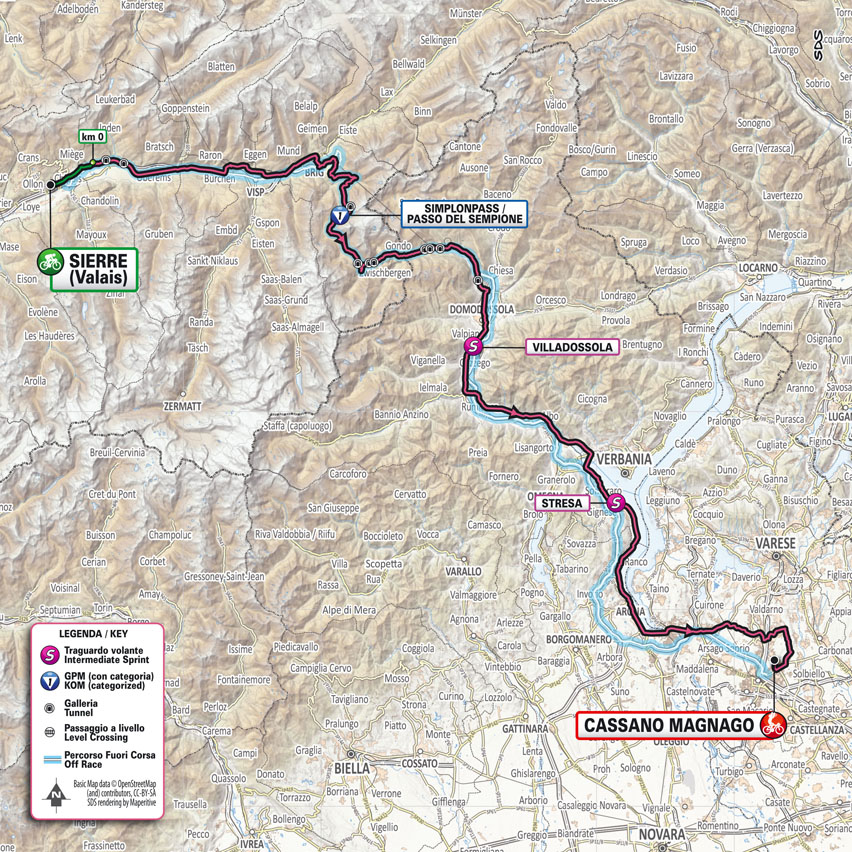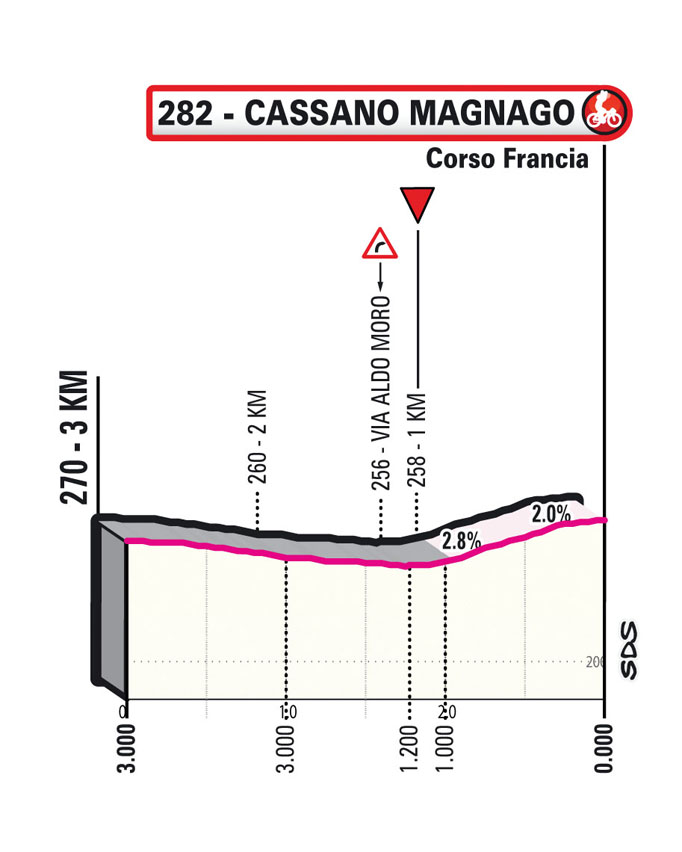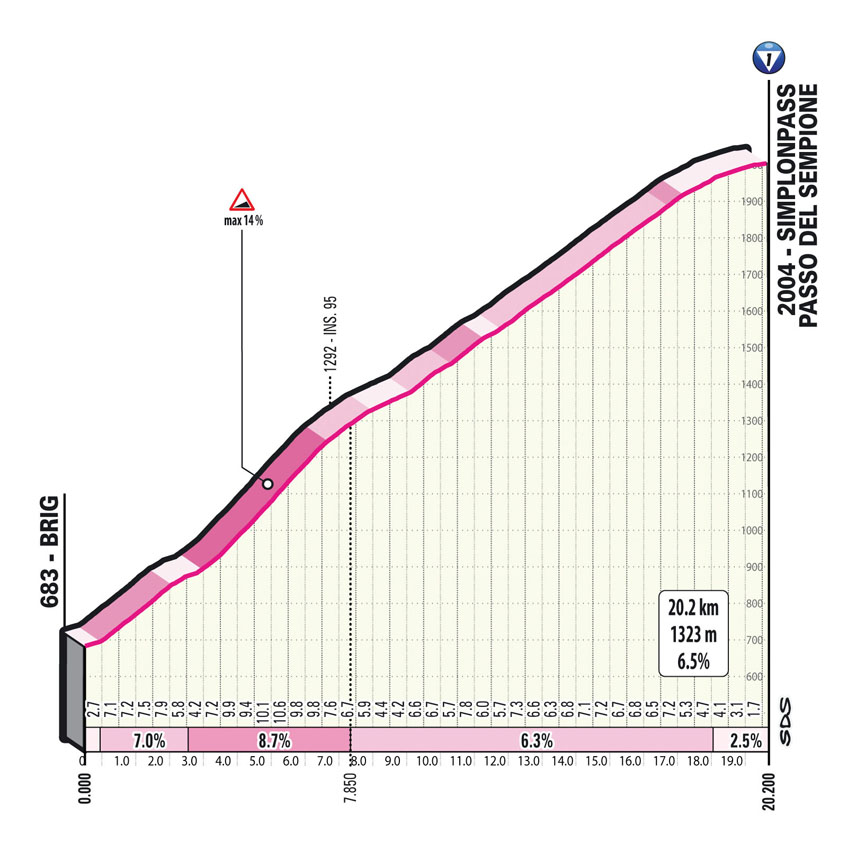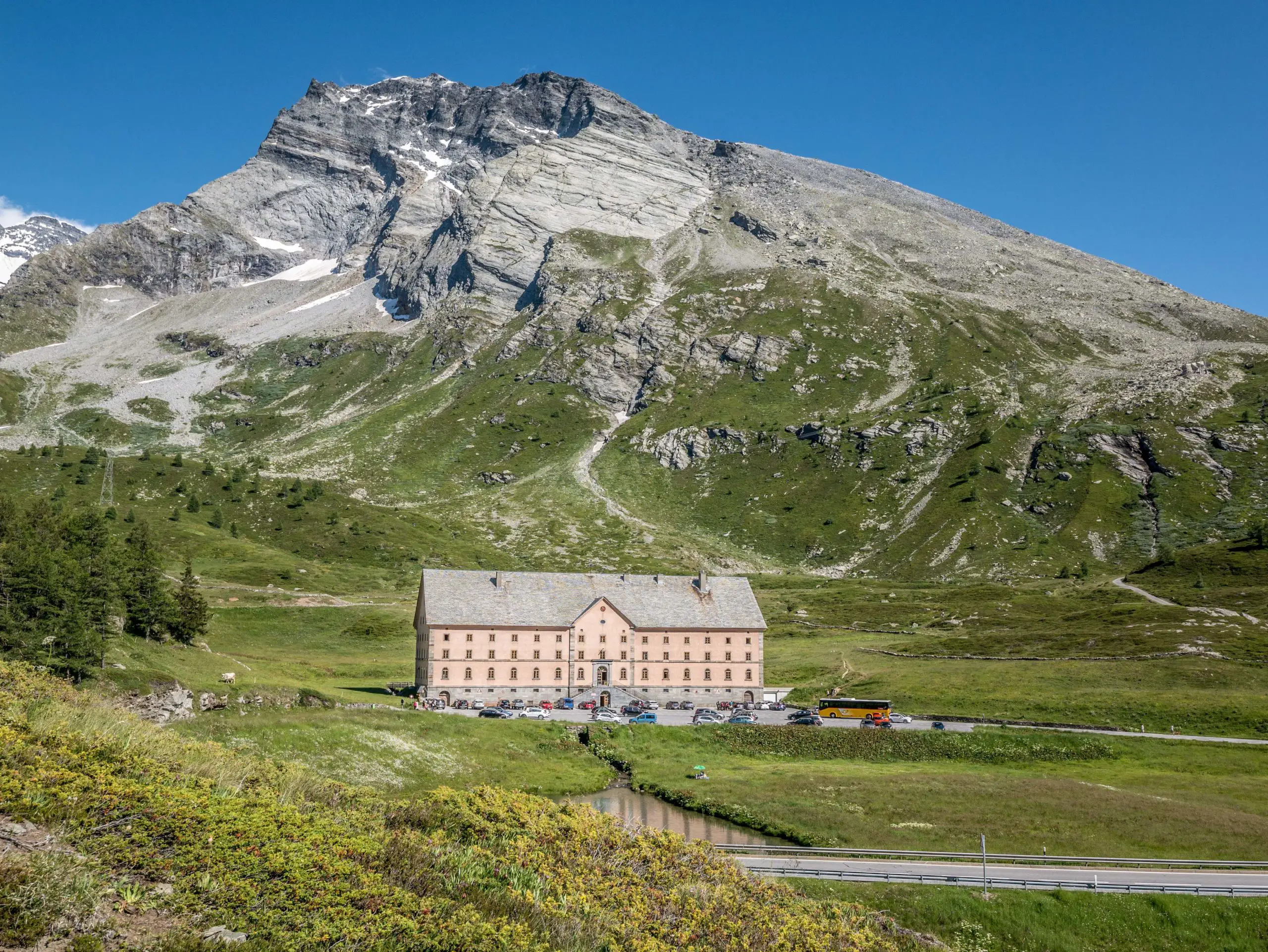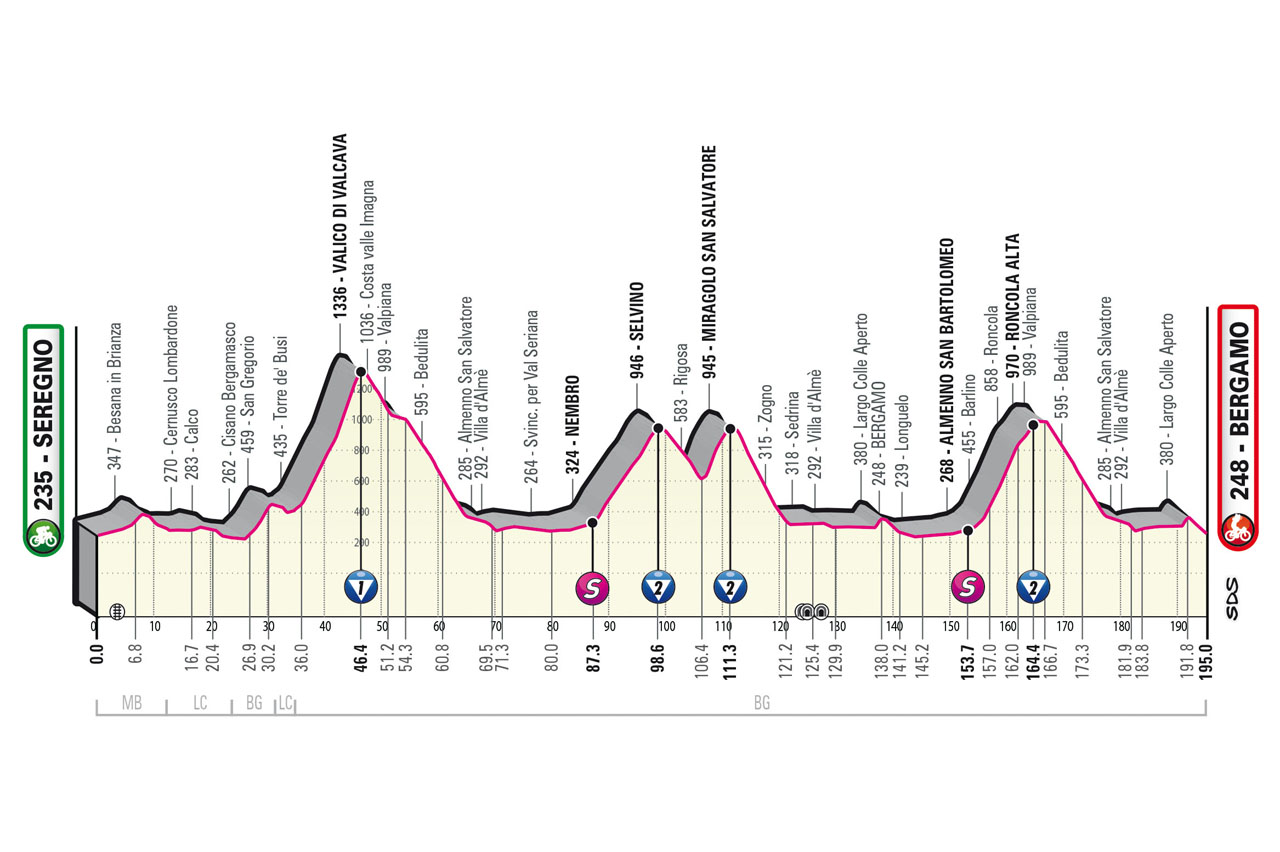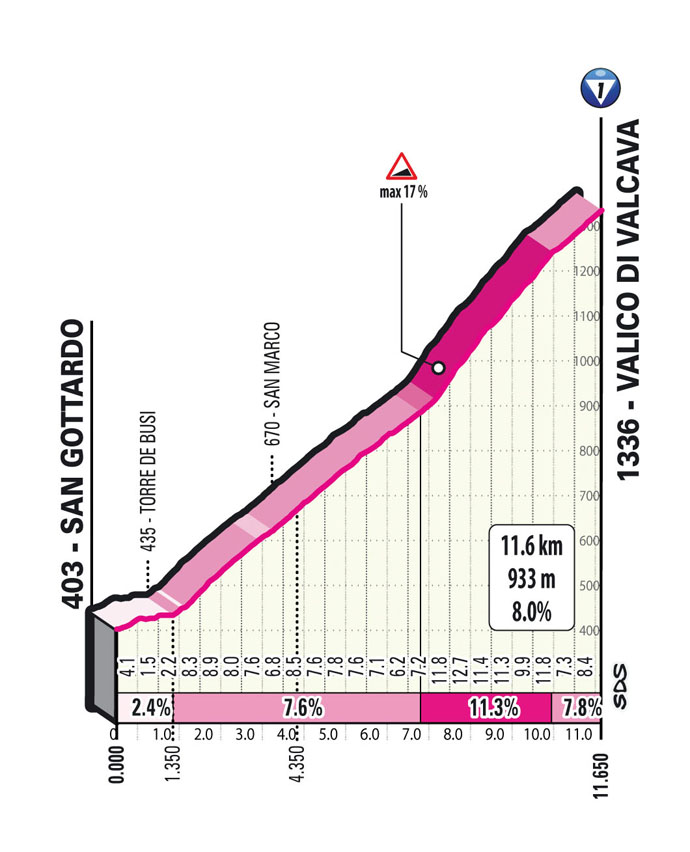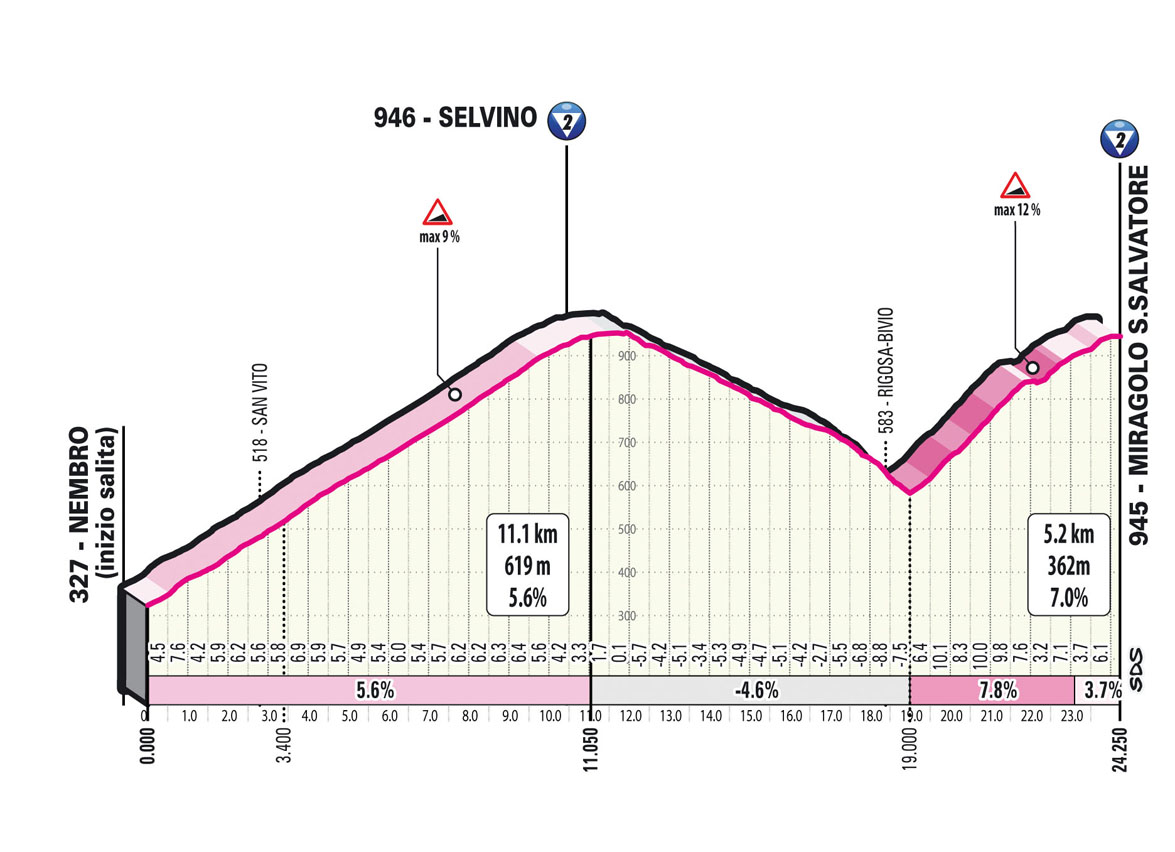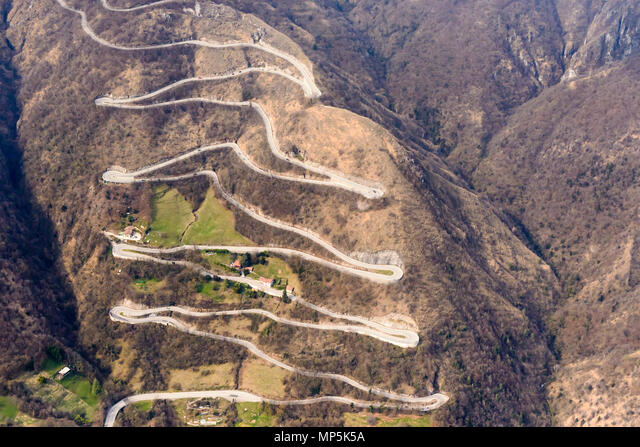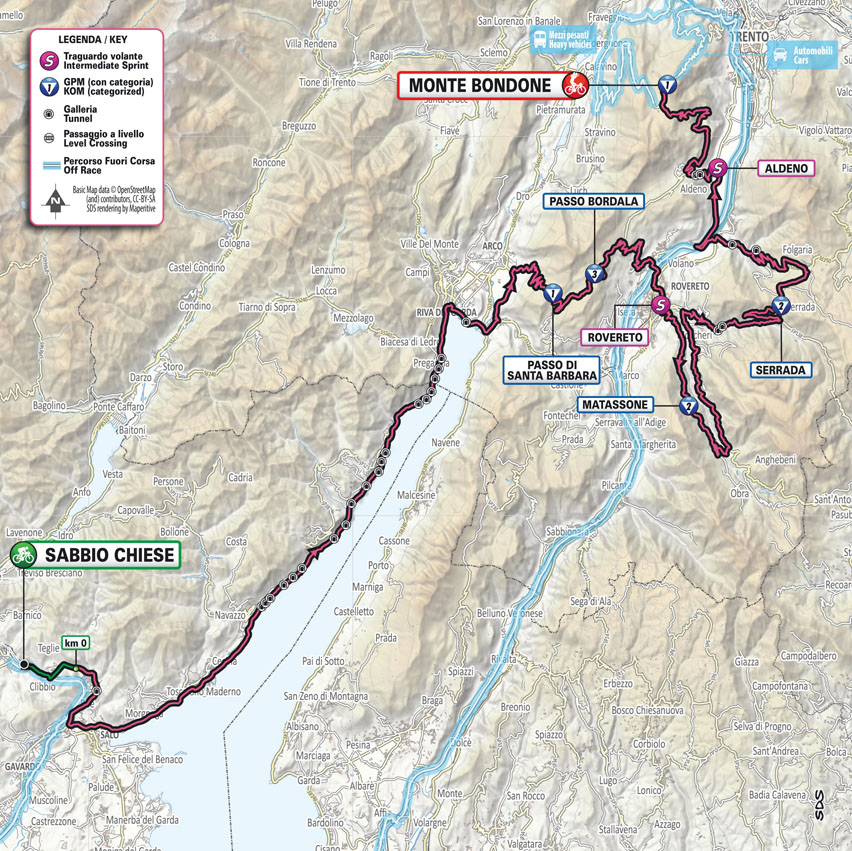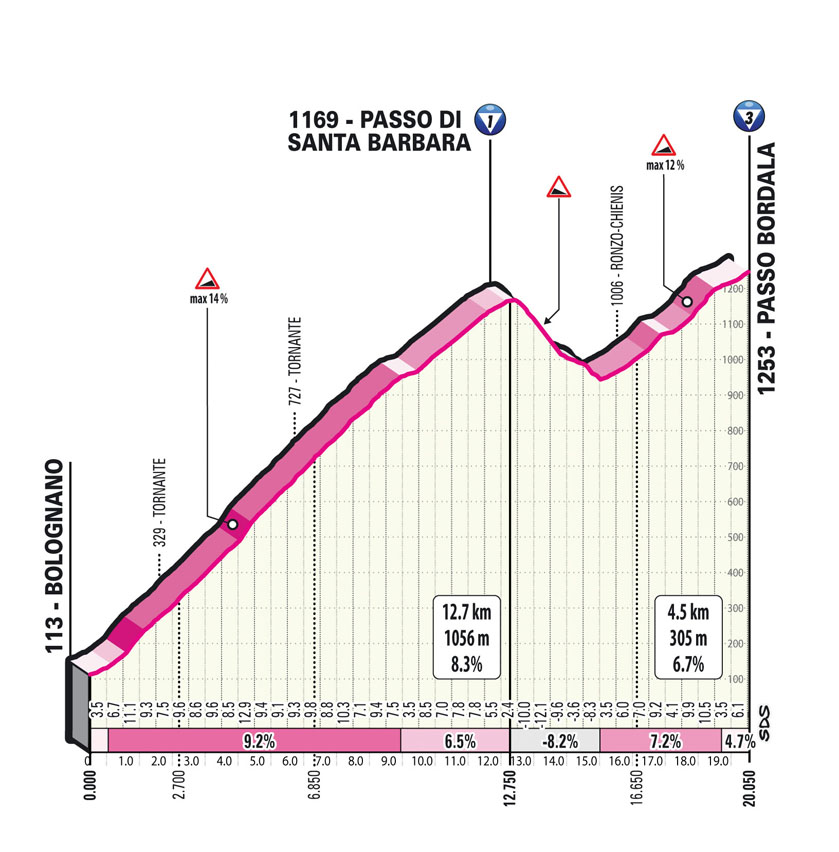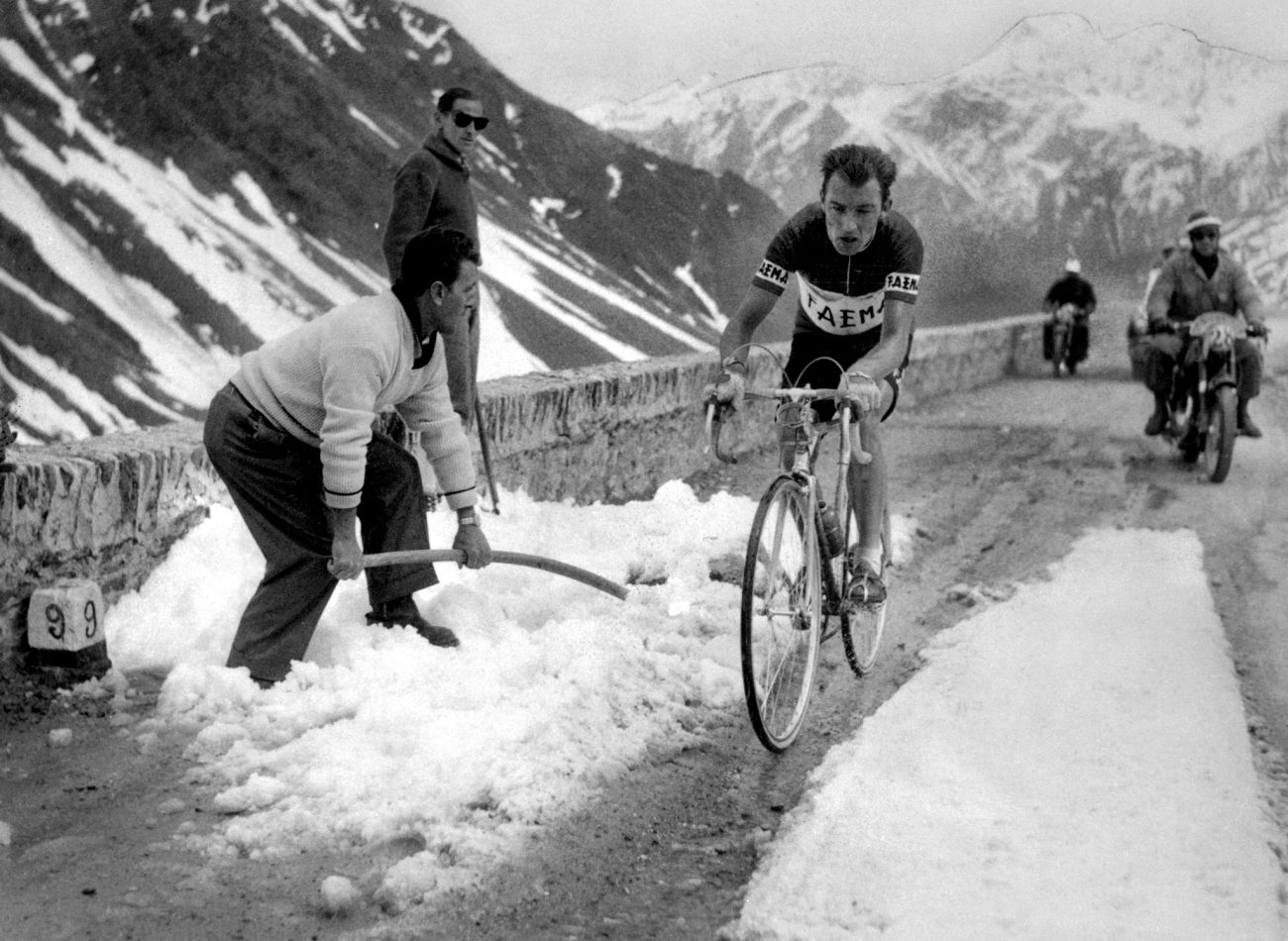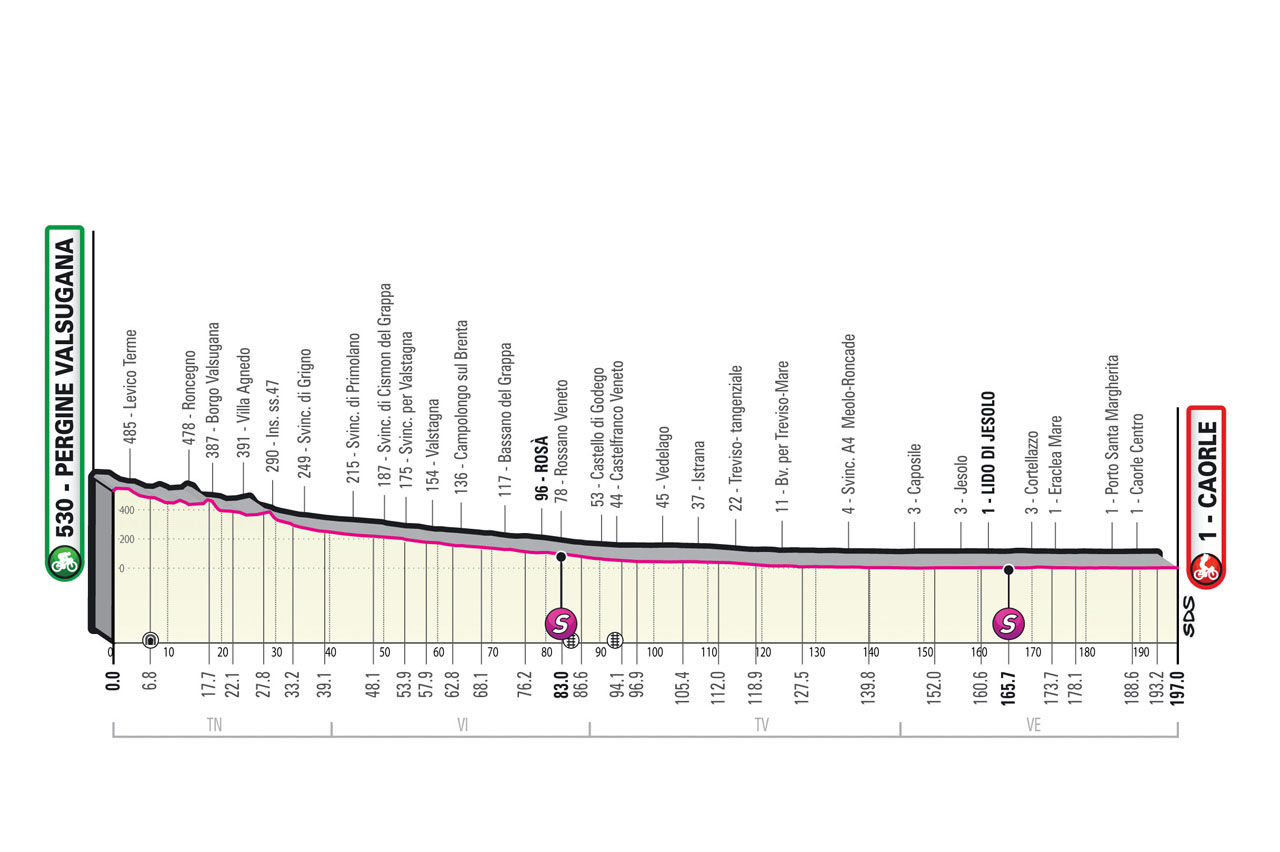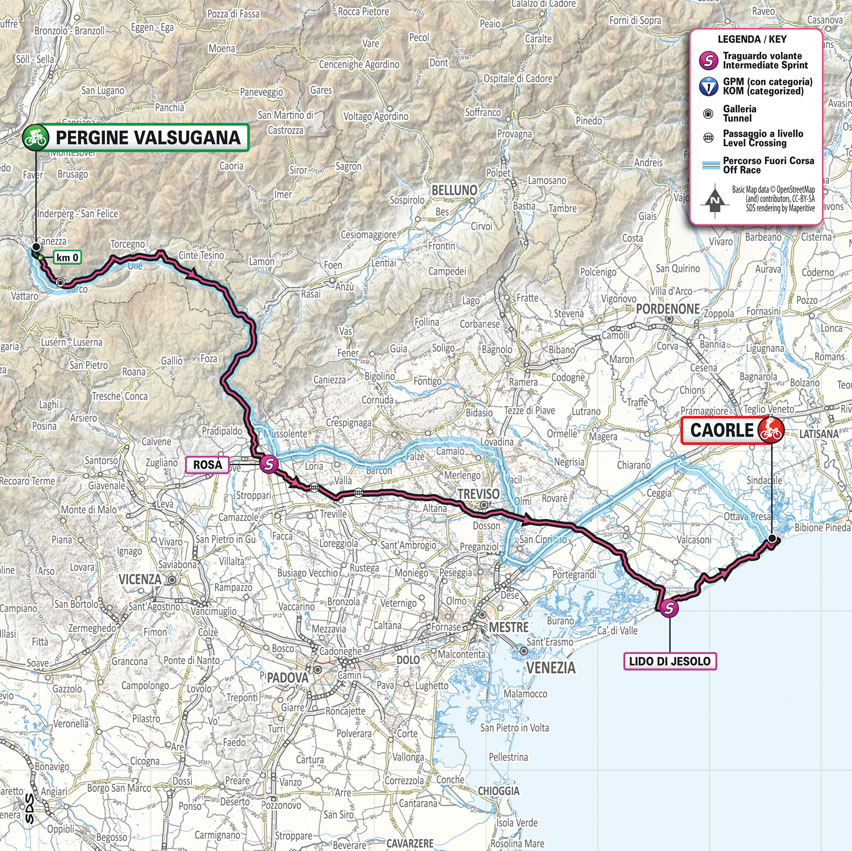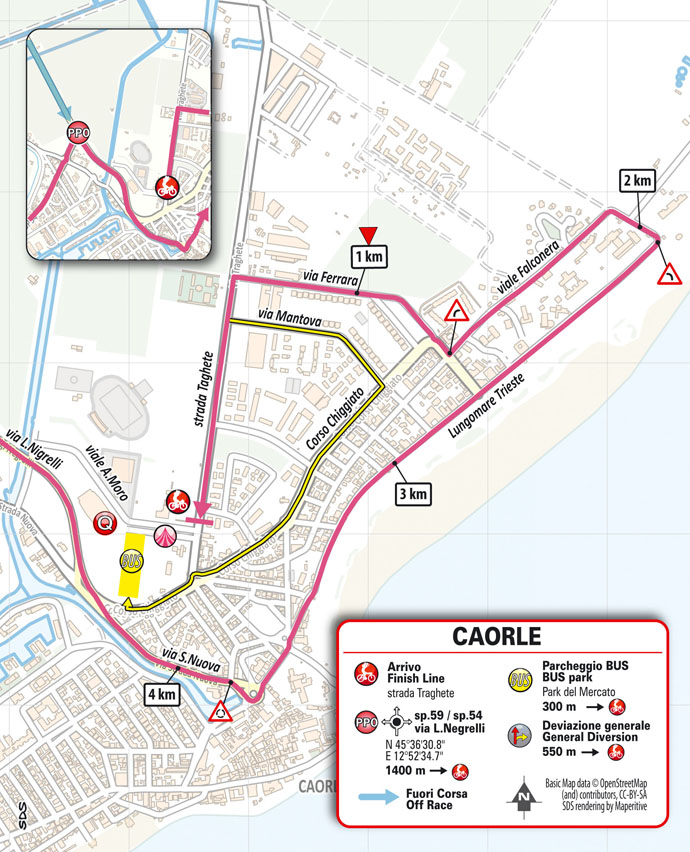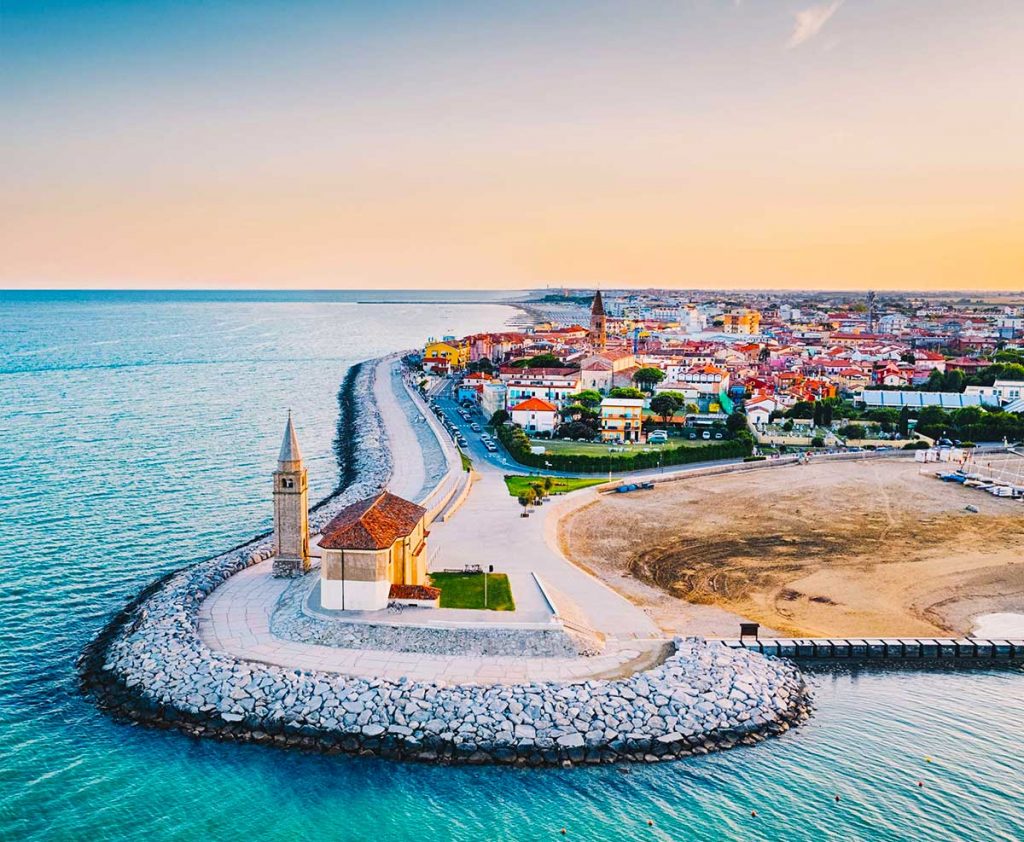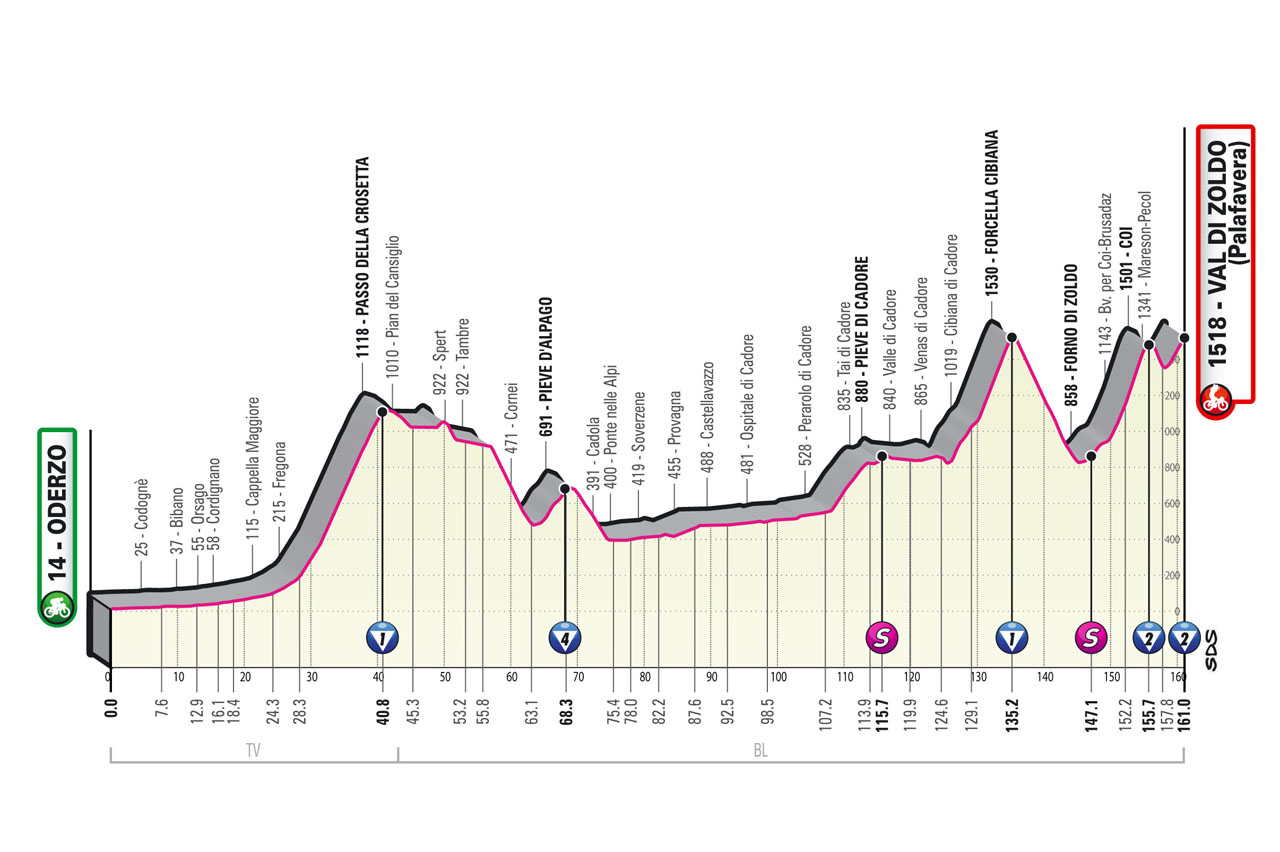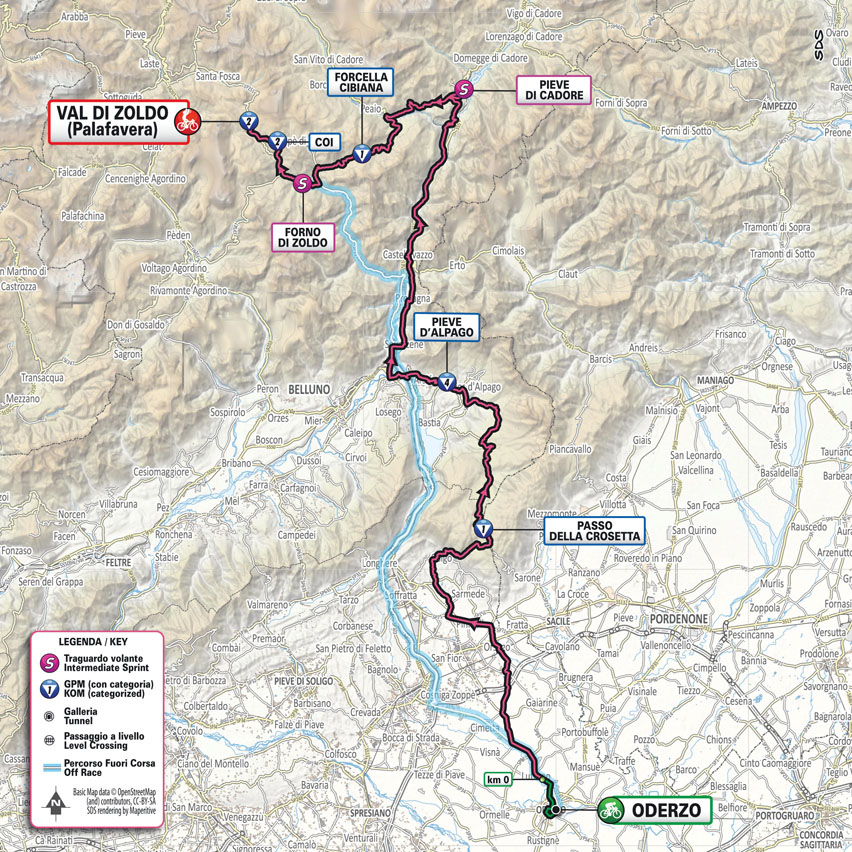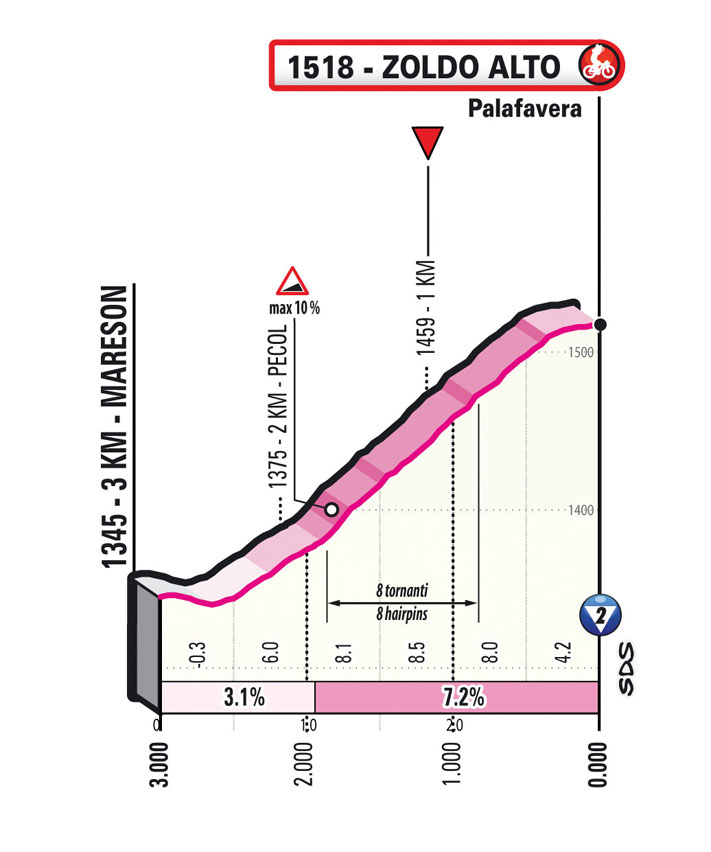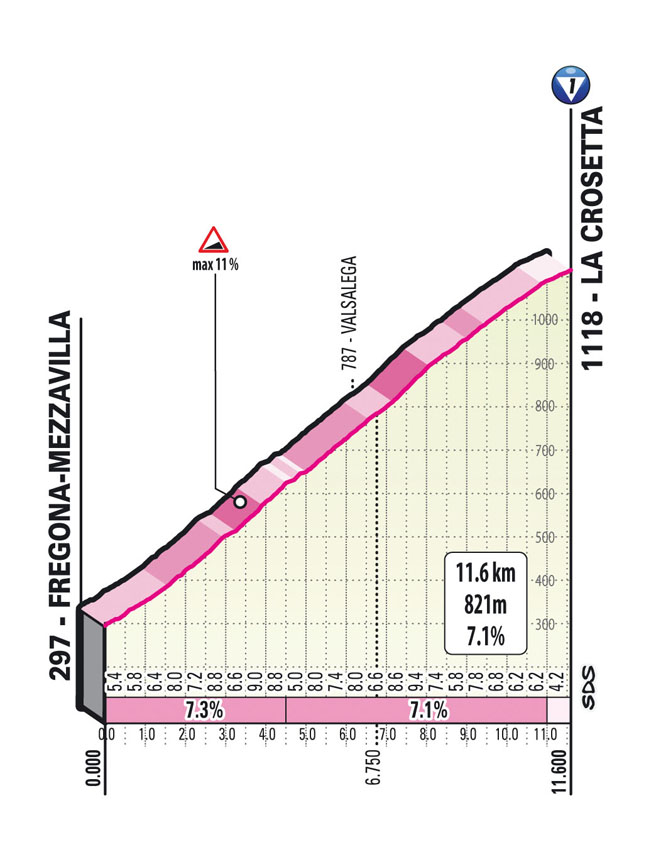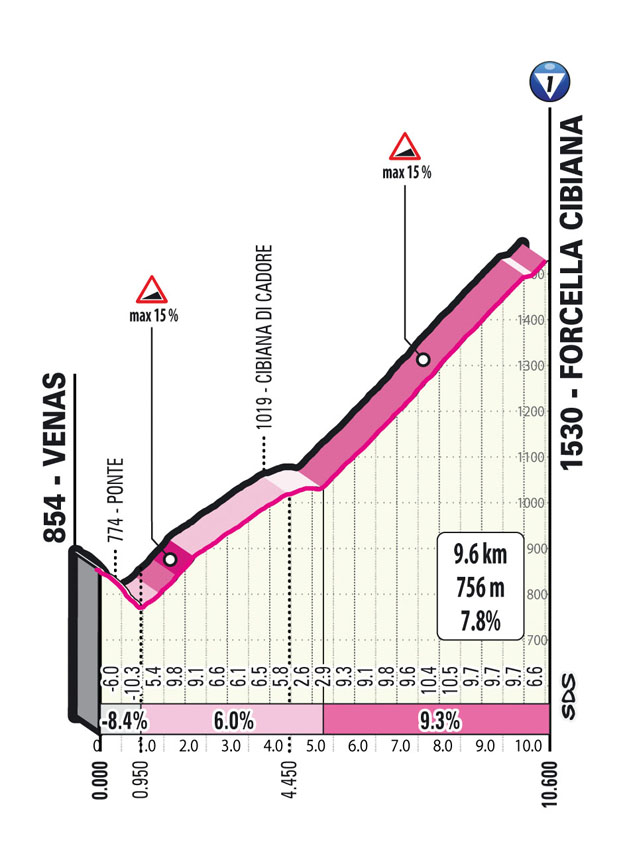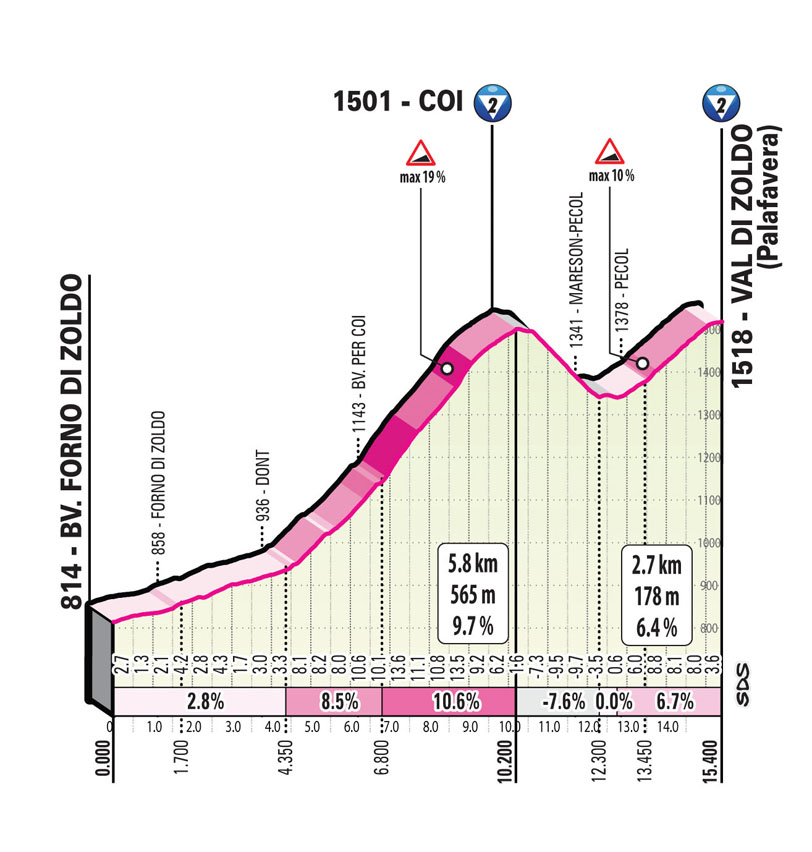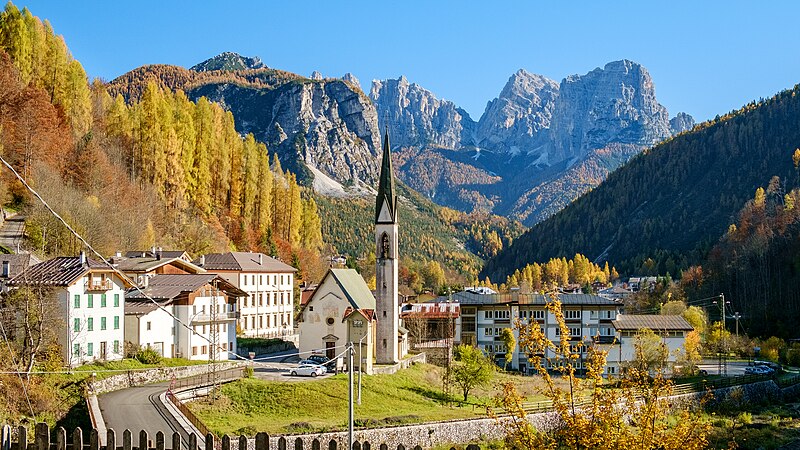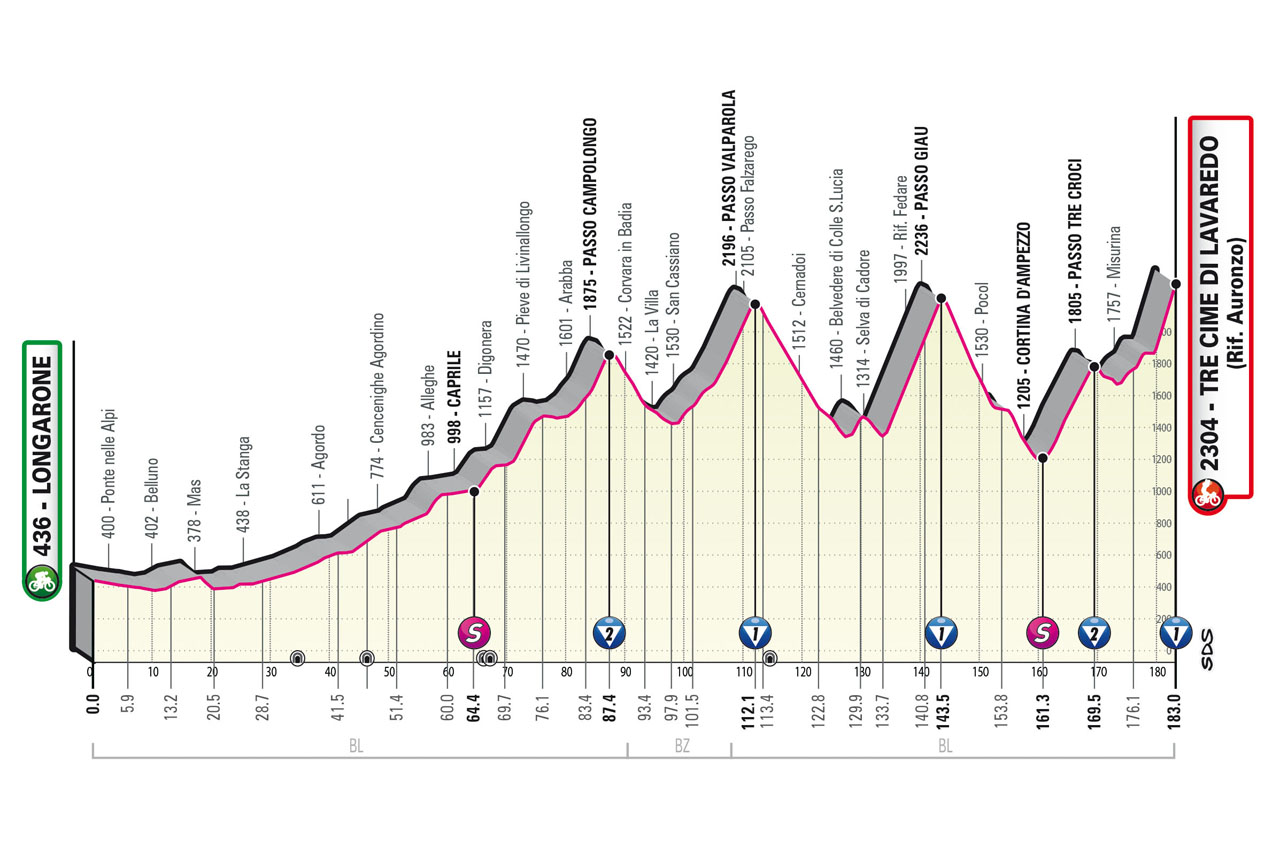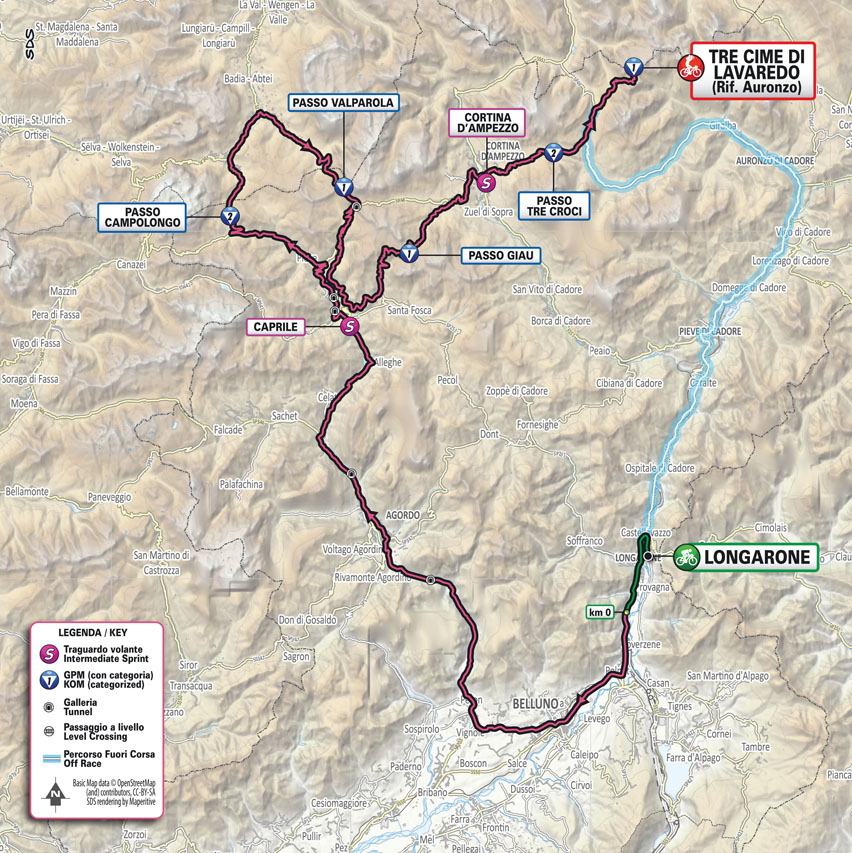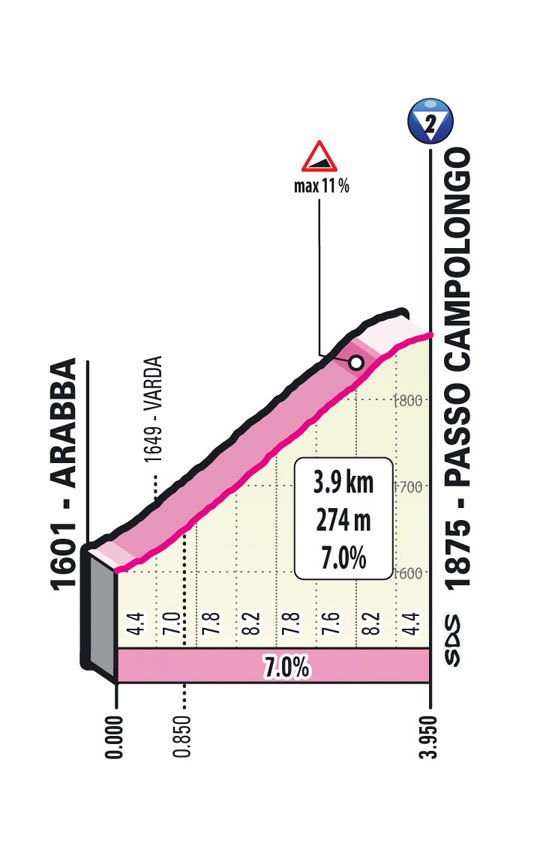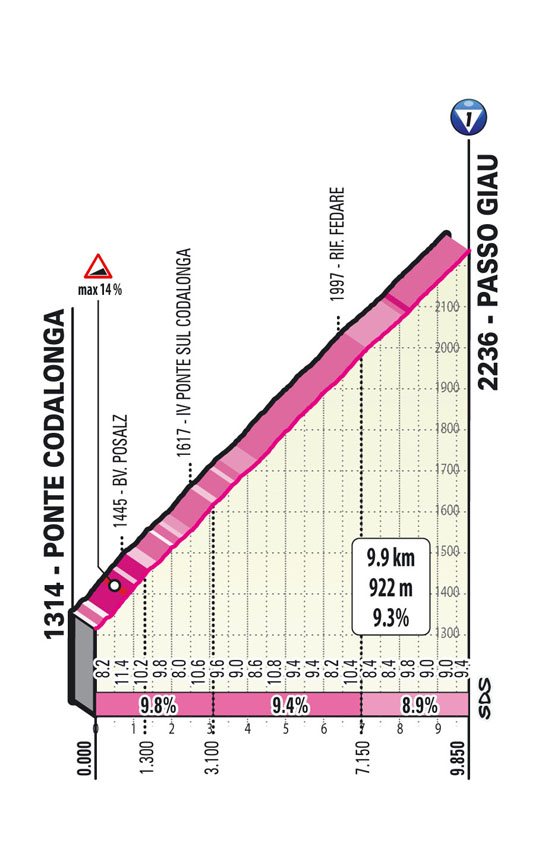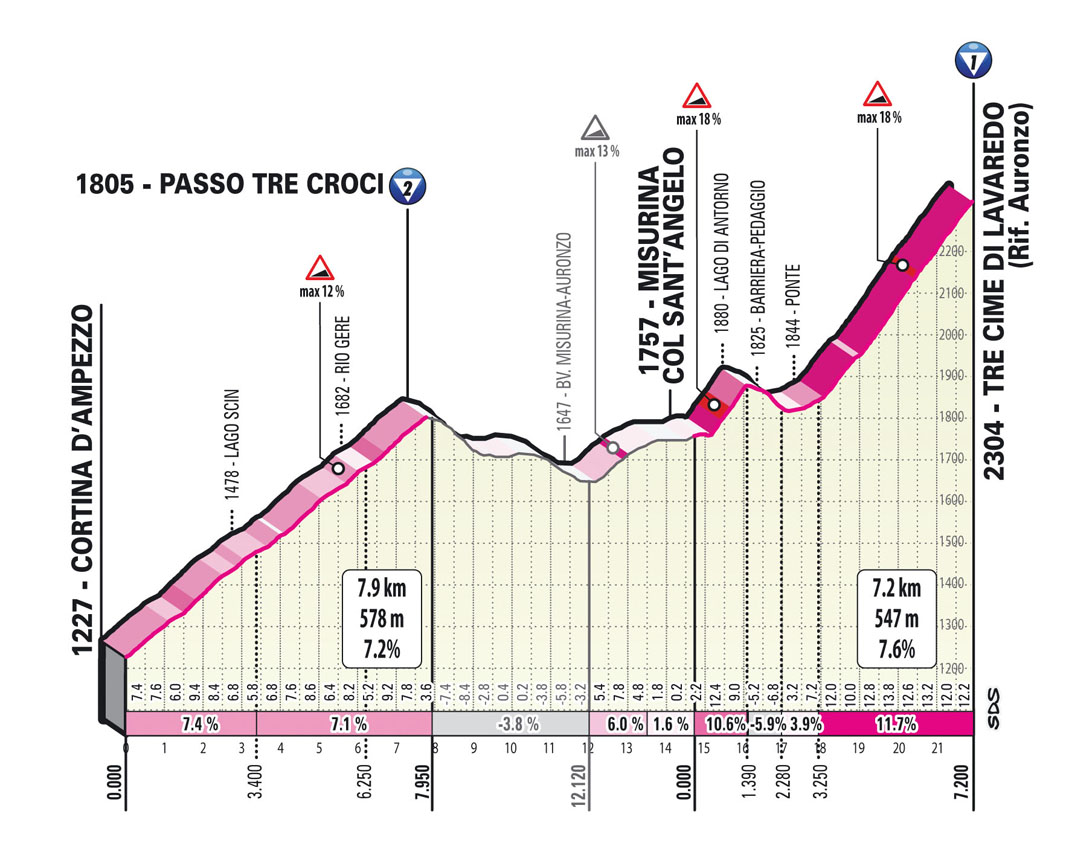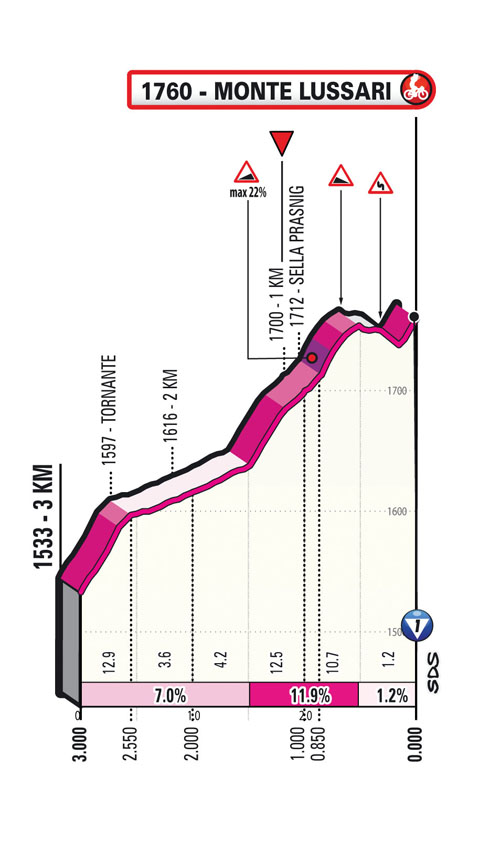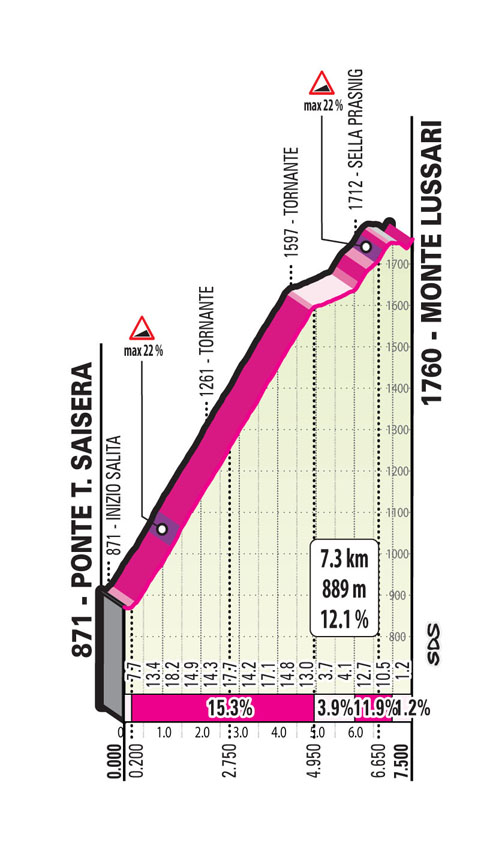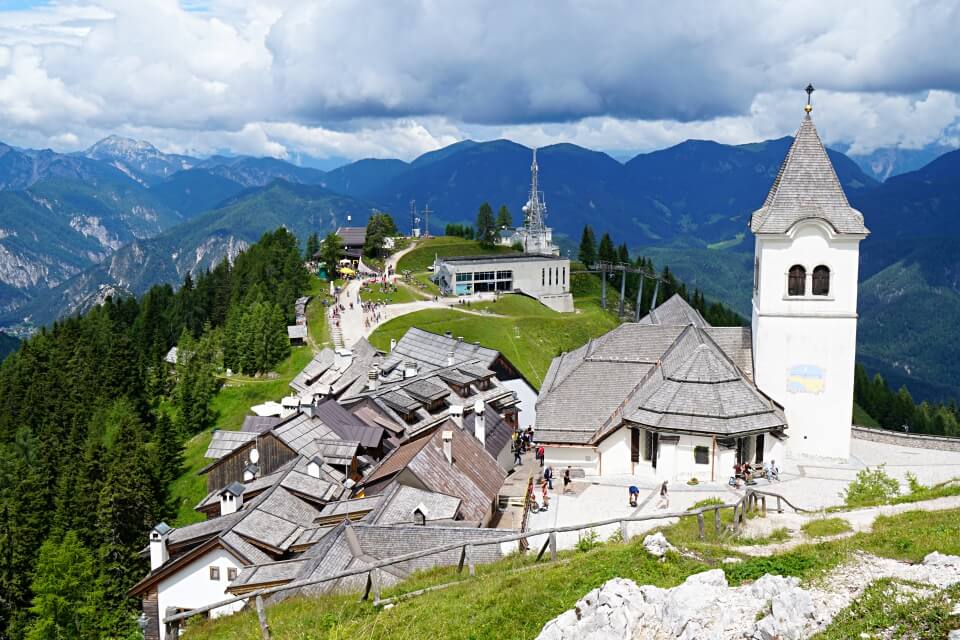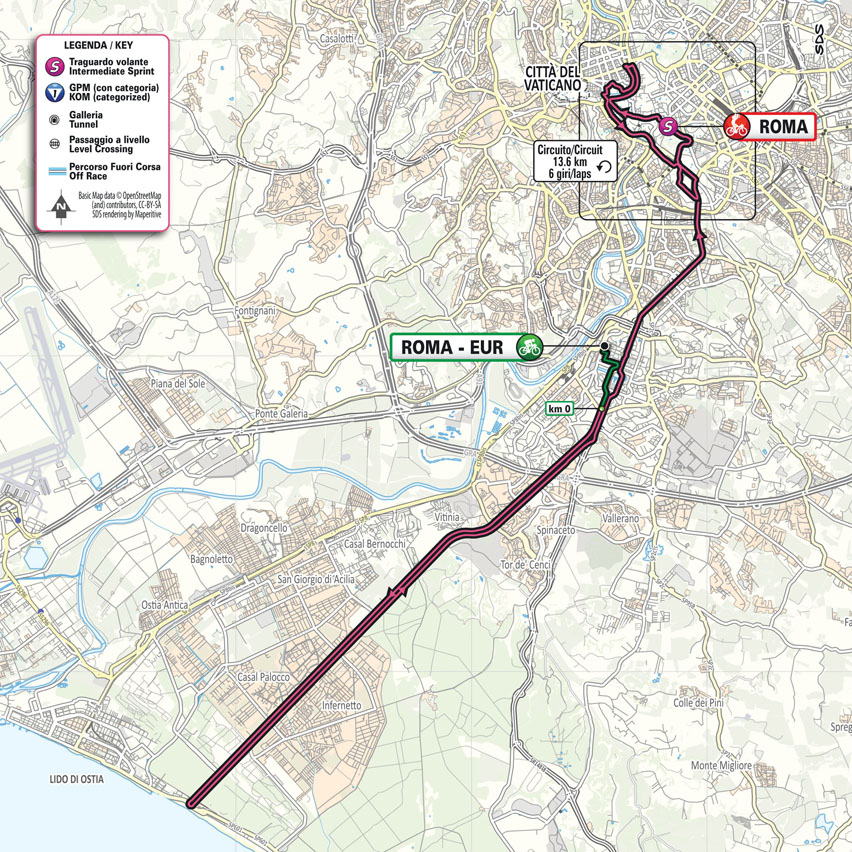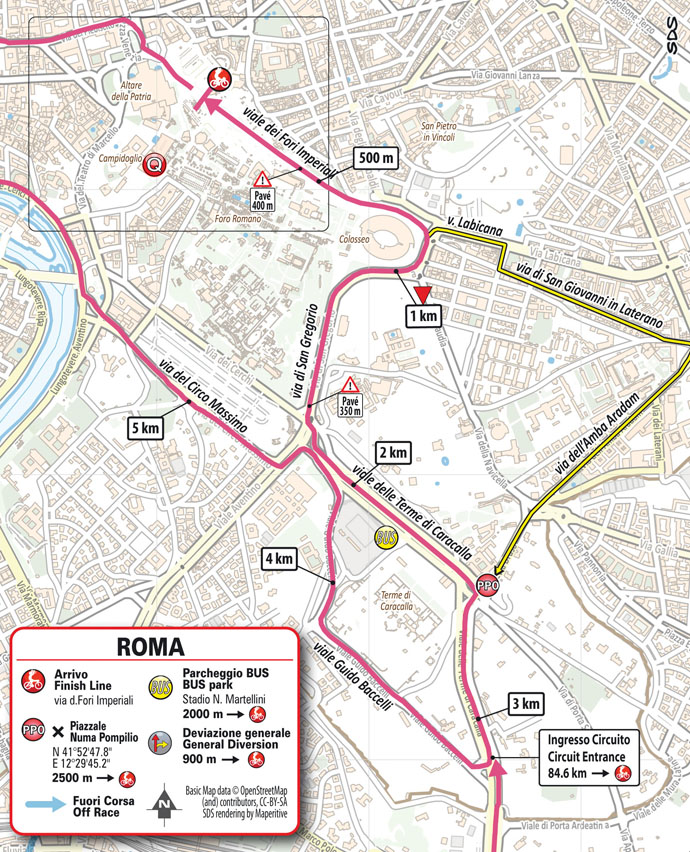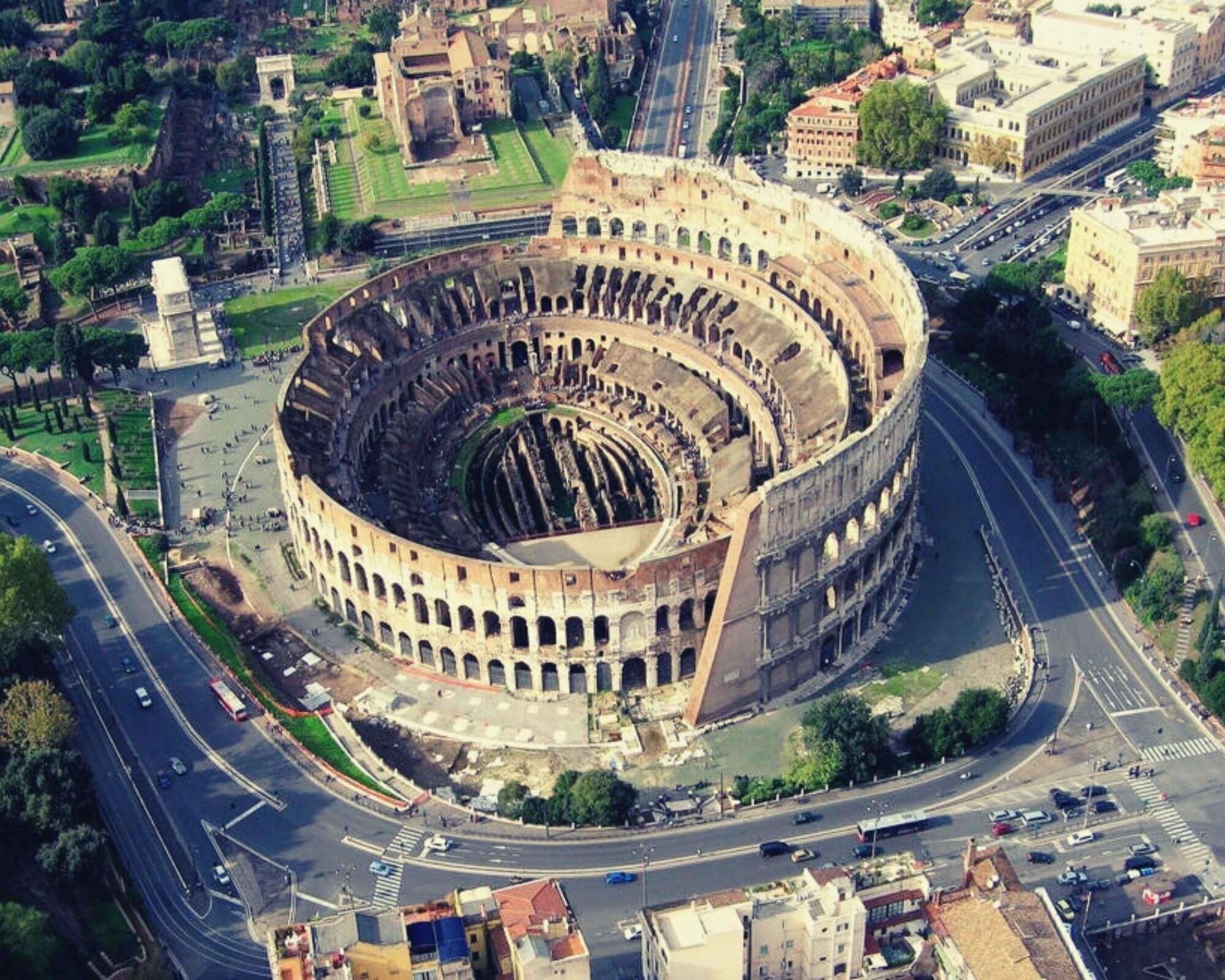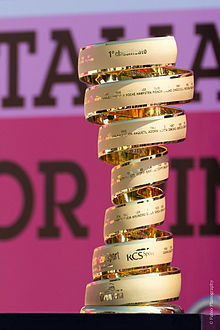- Mar 24, 2011
- 10,527
- 1,927
- 25,680
The Giro is back! And with it, my traditional route analysis.
The 2023 Giro is definitely a step in the right direction compared to the last two years: finally a good amount of flat ITT before the mountains, lots of road stages with a solid length, and three proper mountain stages, as well as a few other interesting ones. That said, it still has many issues, and some of them are painfully obvious: there is very little meaningful medium mountain, the high mountains always finish on a hard climb (though not always the hardest of the day), and the pacing between stages is often wrong, as many stages risk being wasted because of what follows them, with the most notable example being the queen stage, that happens to be followed by one of the dumbest MTTs in recent memory. That aside, I must commend the organizers for not violating any stage that was originally presented, as unlike recent editions all stages are pretty much exactly as they were announced, with only a few minor changes, the biggest being an additional climb on stage 15 and an easier circuit in Rome.
All in all, I have to say I’m pretty ok with this, although this route is a risky one. Fortunately, the field seems to be about the best they could have reasonably gathered, so hopefully it will make the route shine.
The Garibaldi (Official roadbook):

 www.giroditalia.it
www.giroditalia.it
The stages:
1 2 3 4 5 6 7 8 9 10 11 12 13 14 15 16 17 18 19 20 21
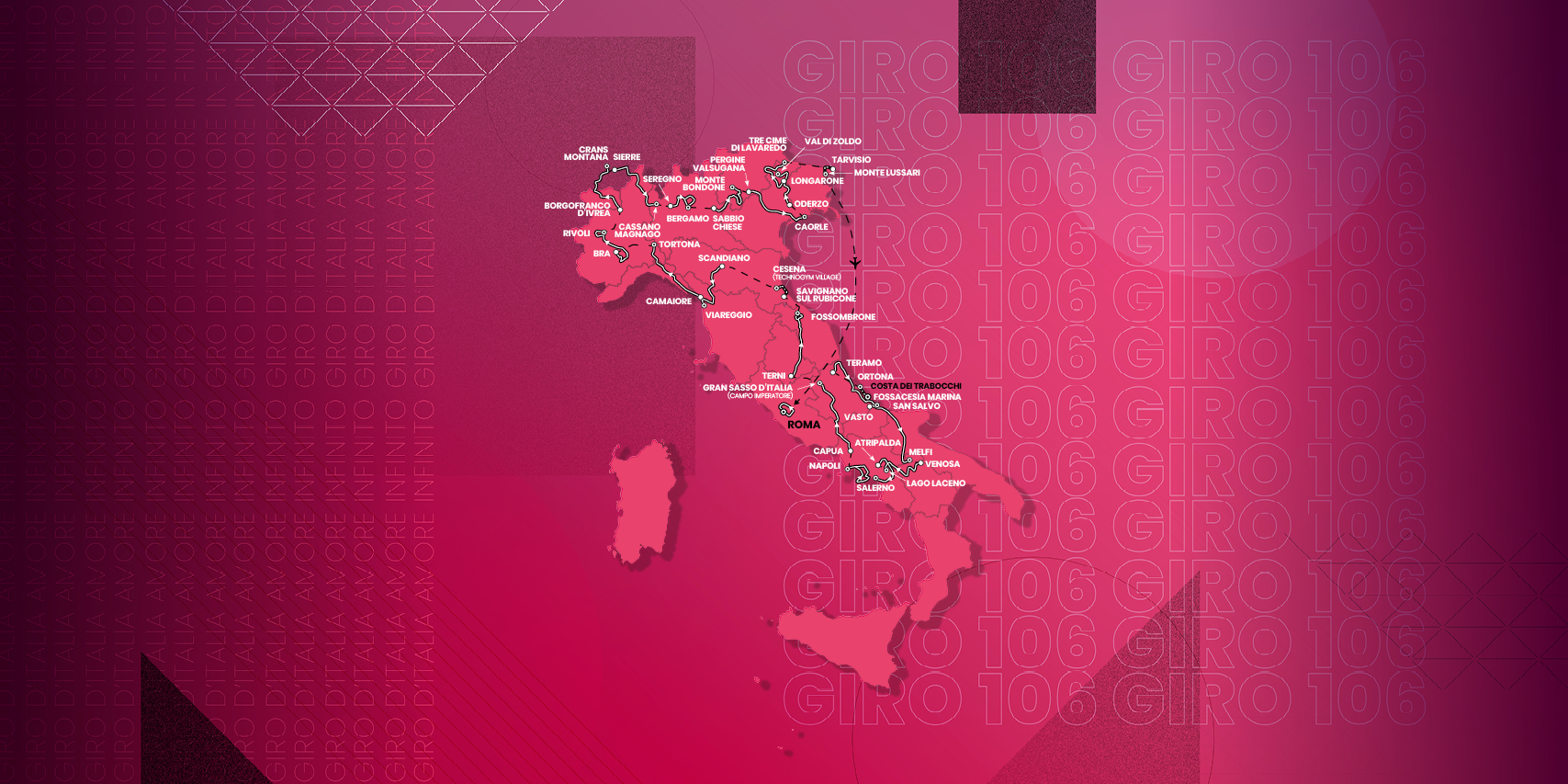
The 2023 Giro is definitely a step in the right direction compared to the last two years: finally a good amount of flat ITT before the mountains, lots of road stages with a solid length, and three proper mountain stages, as well as a few other interesting ones. That said, it still has many issues, and some of them are painfully obvious: there is very little meaningful medium mountain, the high mountains always finish on a hard climb (though not always the hardest of the day), and the pacing between stages is often wrong, as many stages risk being wasted because of what follows them, with the most notable example being the queen stage, that happens to be followed by one of the dumbest MTTs in recent memory. That aside, I must commend the organizers for not violating any stage that was originally presented, as unlike recent editions all stages are pretty much exactly as they were announced, with only a few minor changes, the biggest being an additional climb on stage 15 and an easier circuit in Rome.
All in all, I have to say I’m pretty ok with this, although this route is a risky one. Fortunately, the field seems to be about the best they could have reasonably gathered, so hopefully it will make the route shine.
The Garibaldi (Official roadbook):

Garibaldi | Giro d'Italia 2026
Sfoglia il Garibaldi per conoscere tutti i dettagli sulle tappe del Giro d'Italia 2025 e le iniziative legate alla Corsa Rosa.
The stages:
1 2 3 4 5 6 7 8 9 10 11 12 13 14 15 16 17 18 19 20 21

Last edited:


